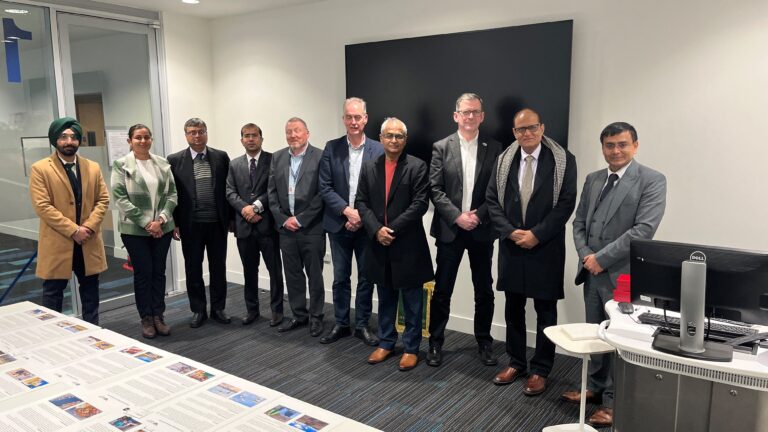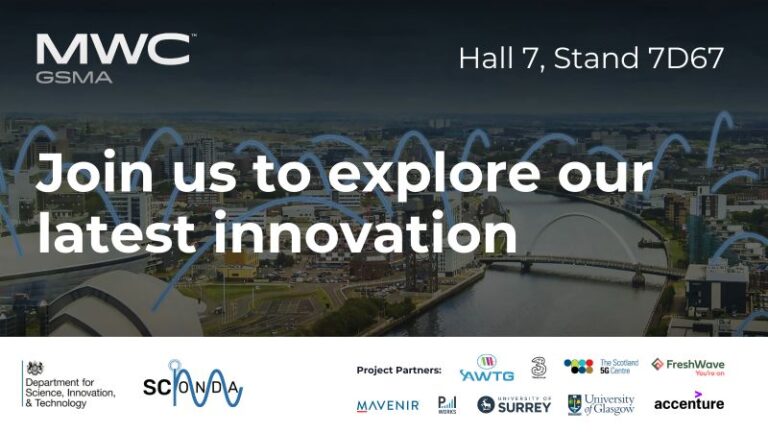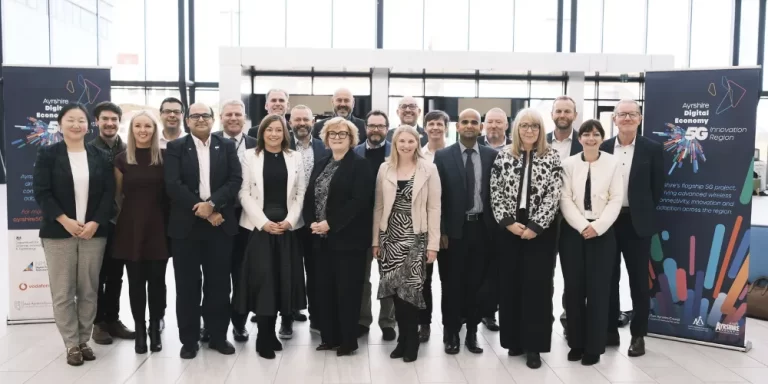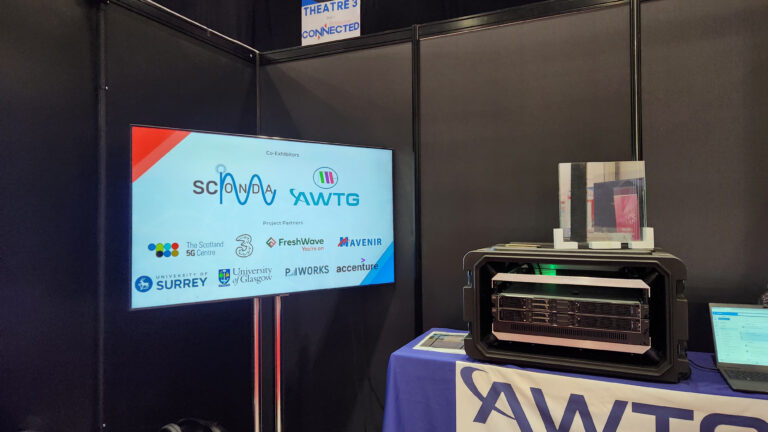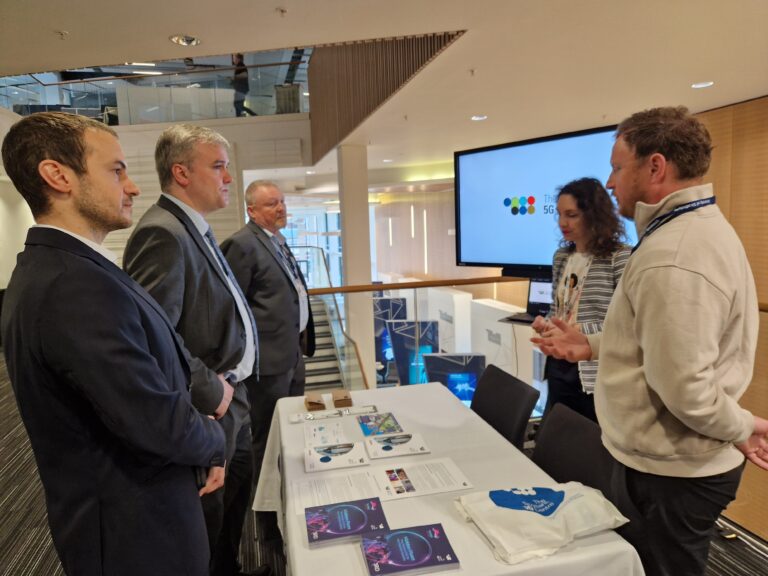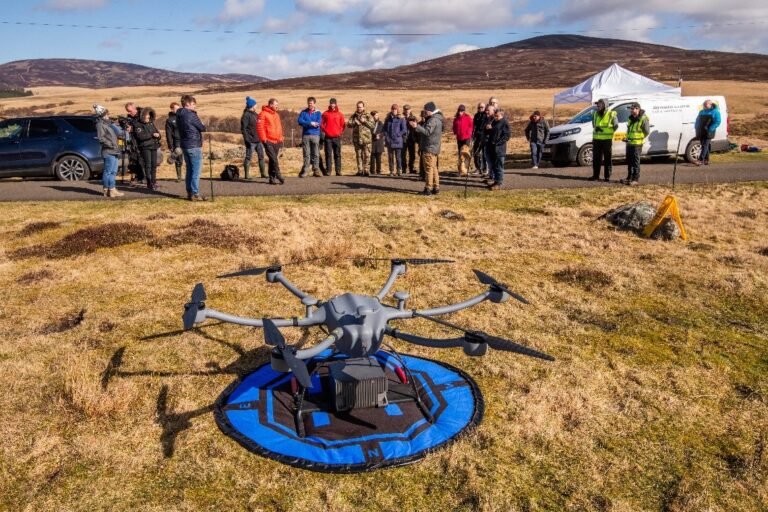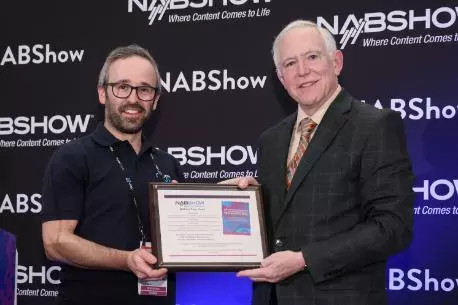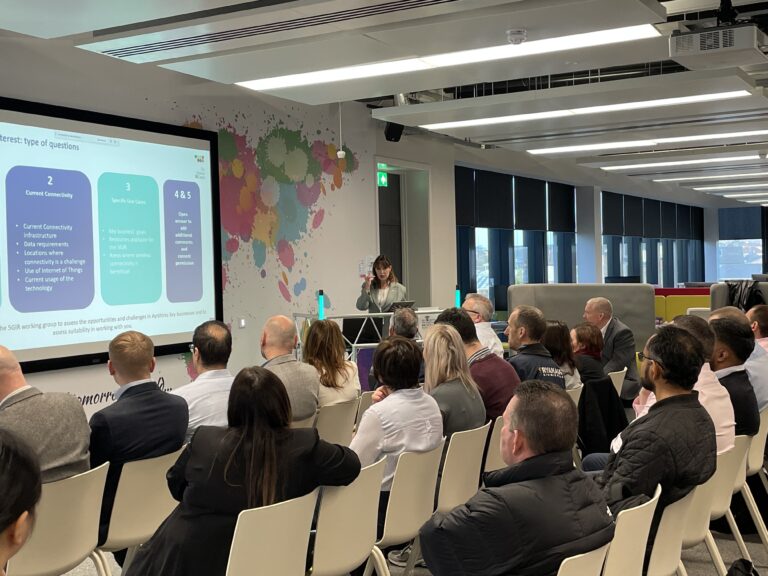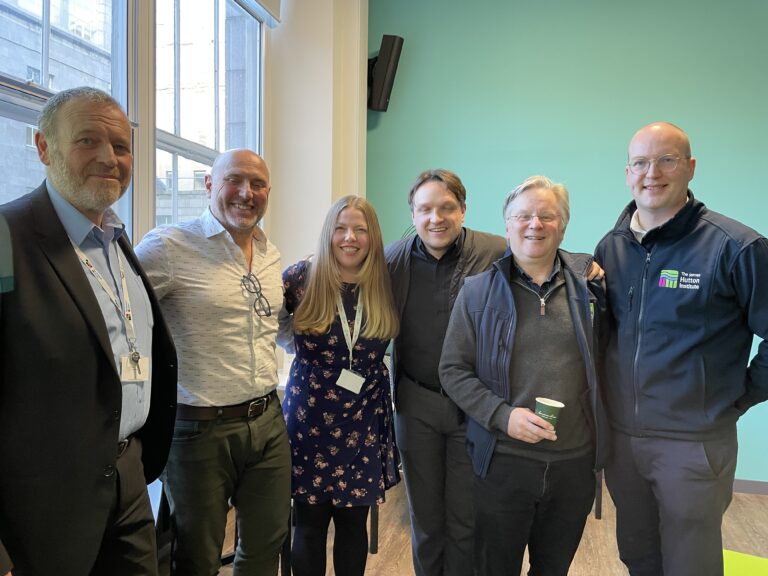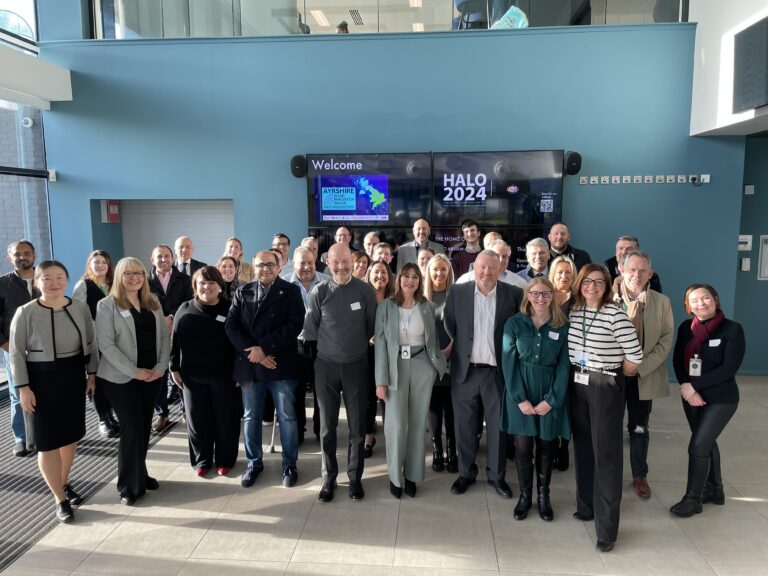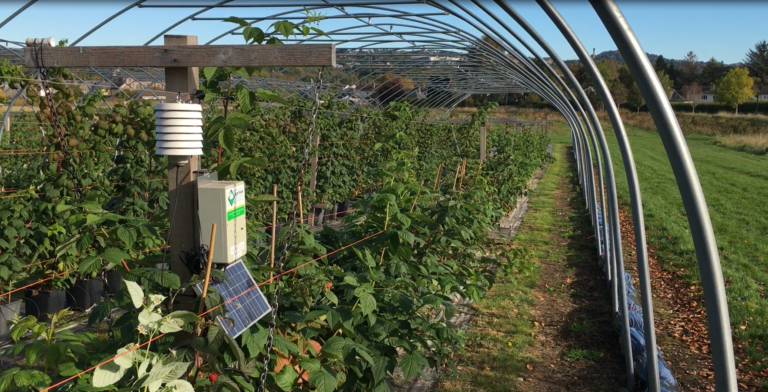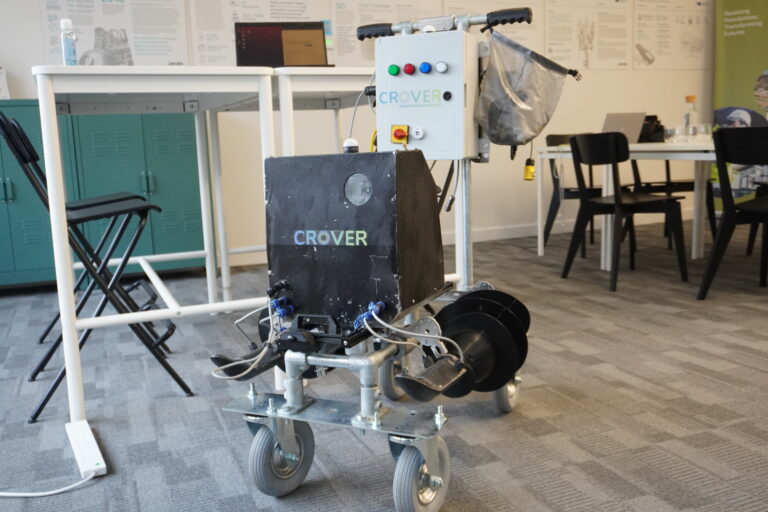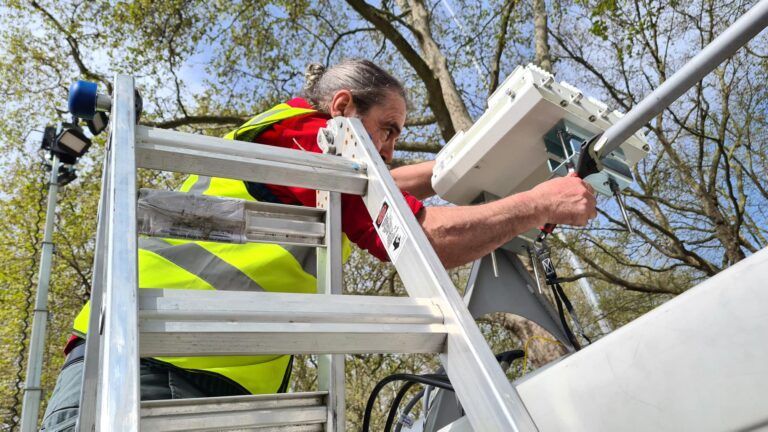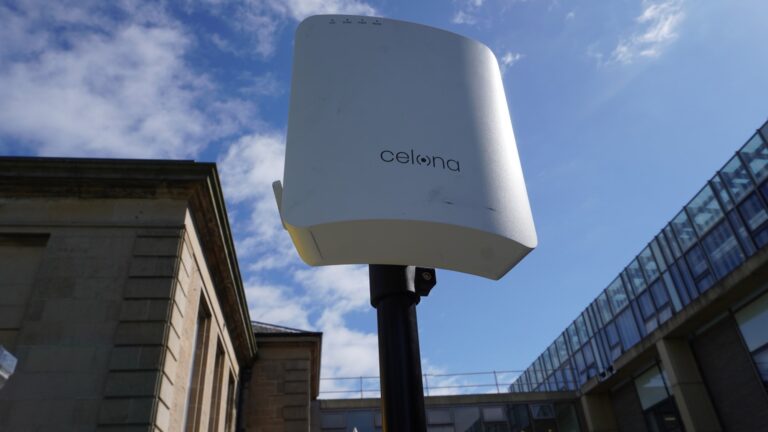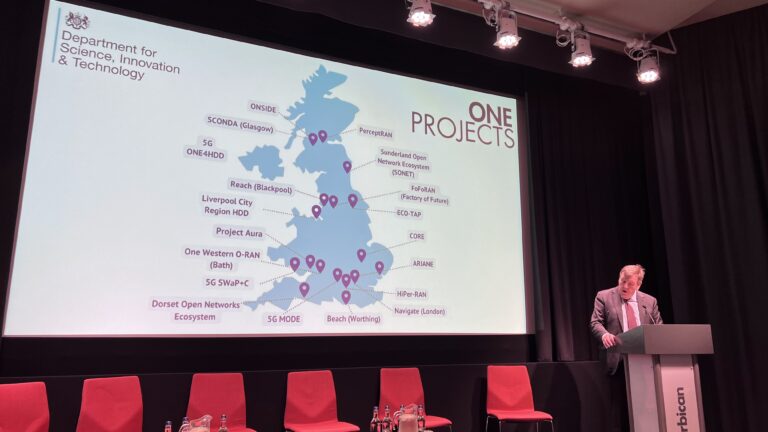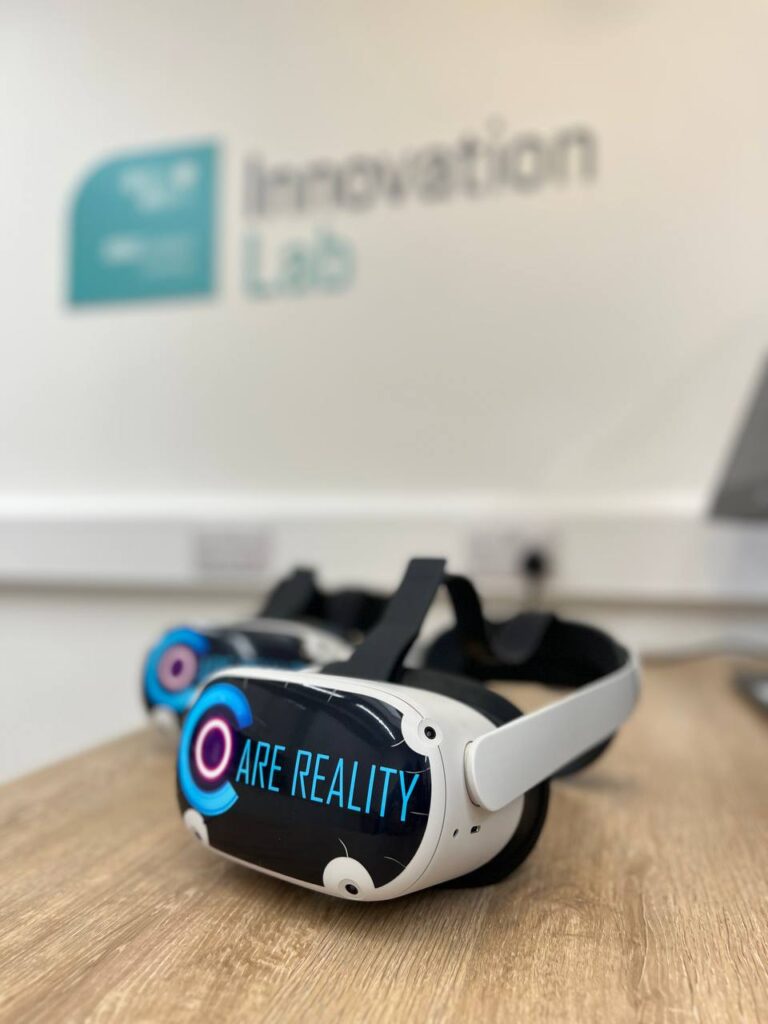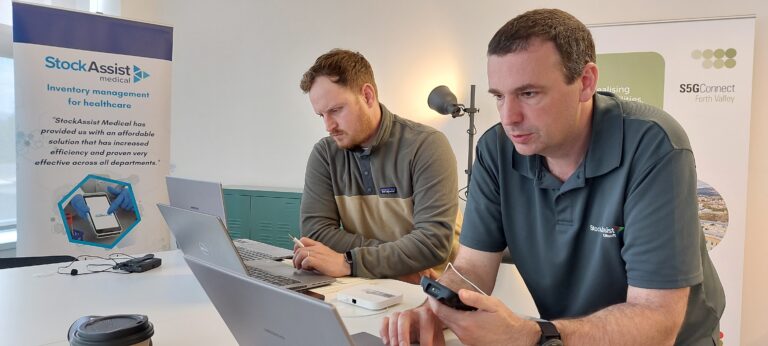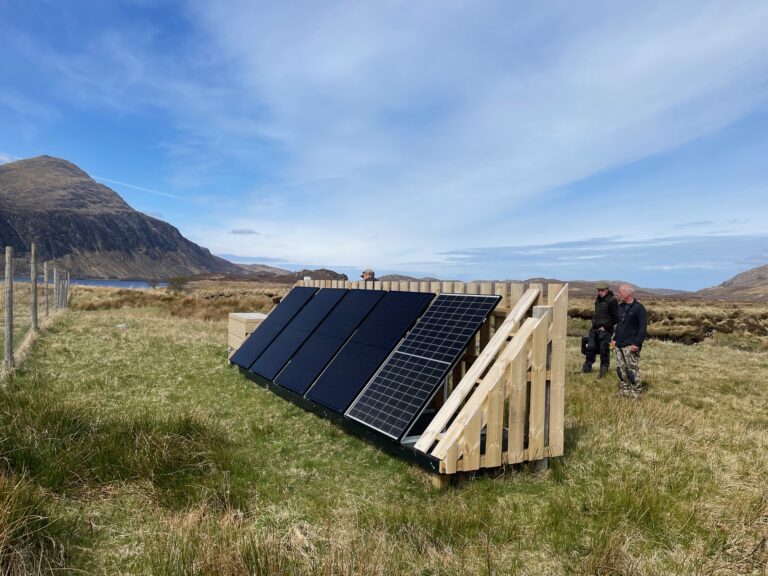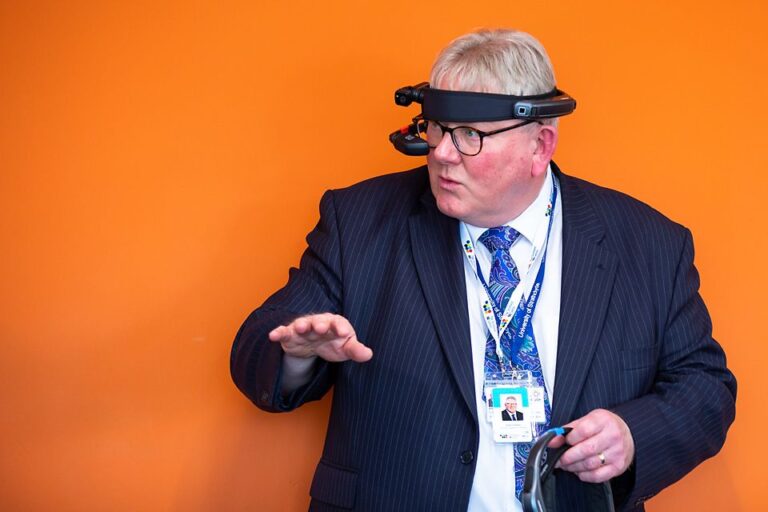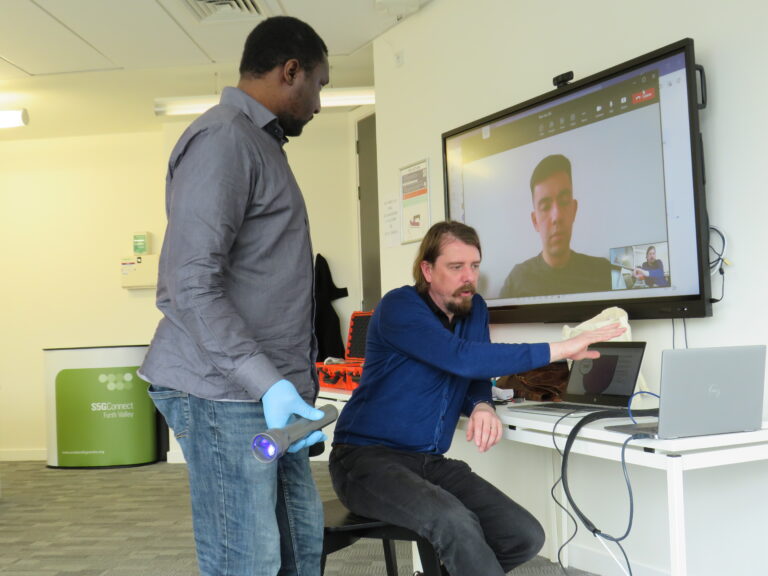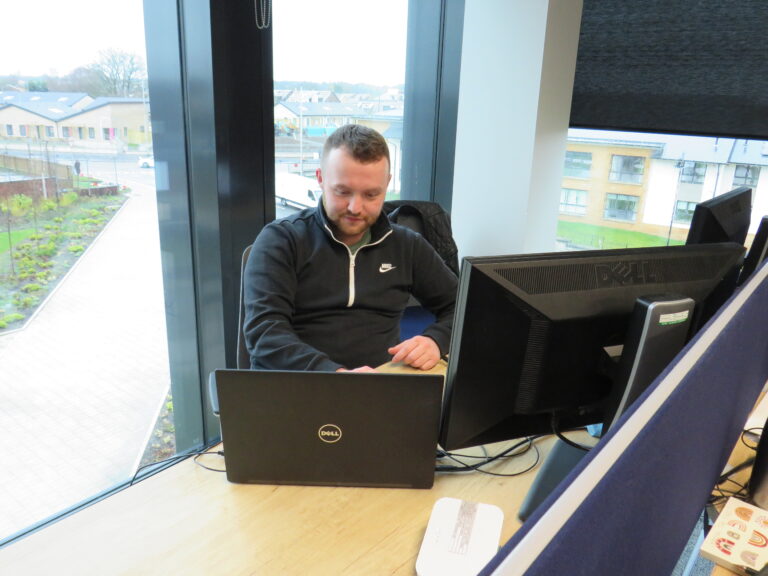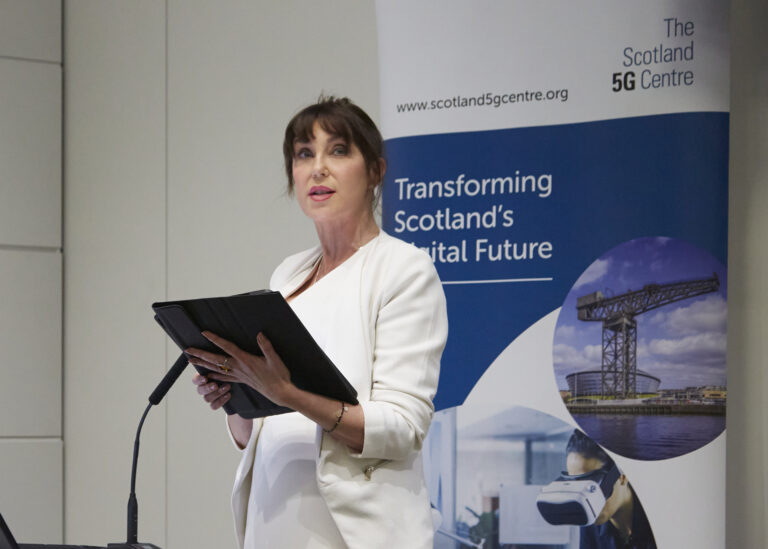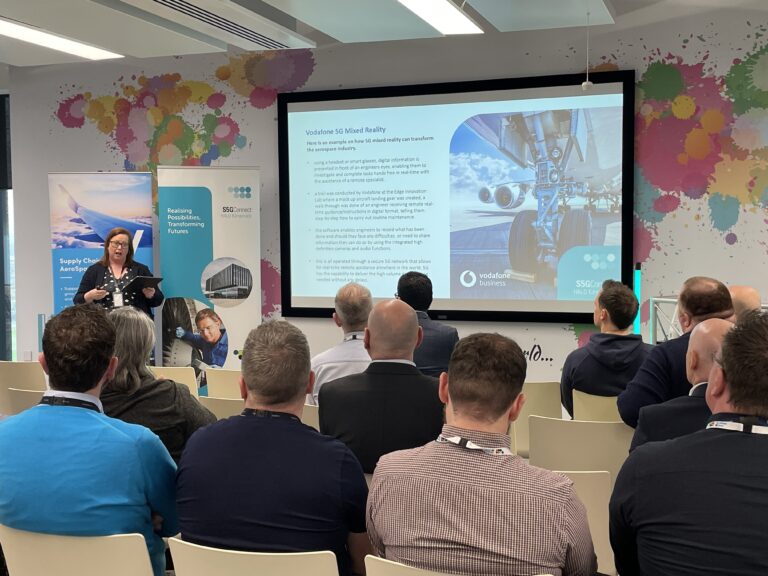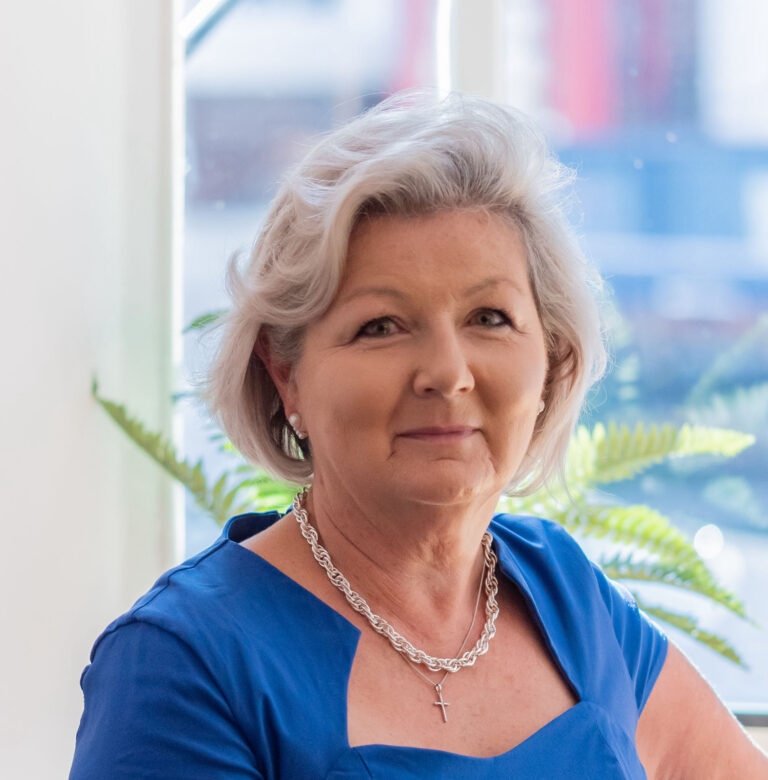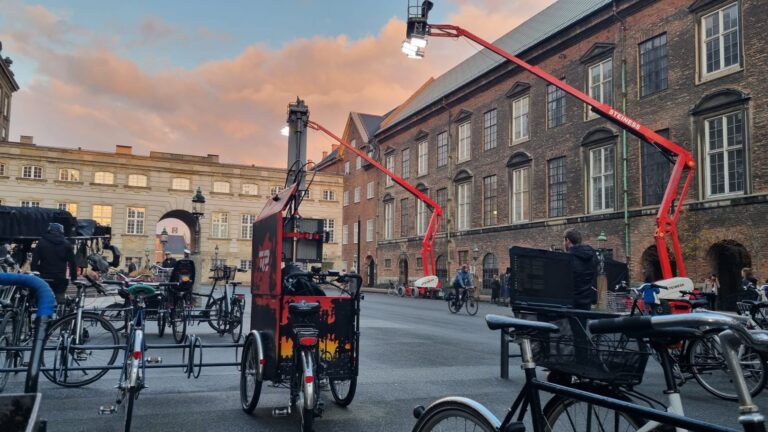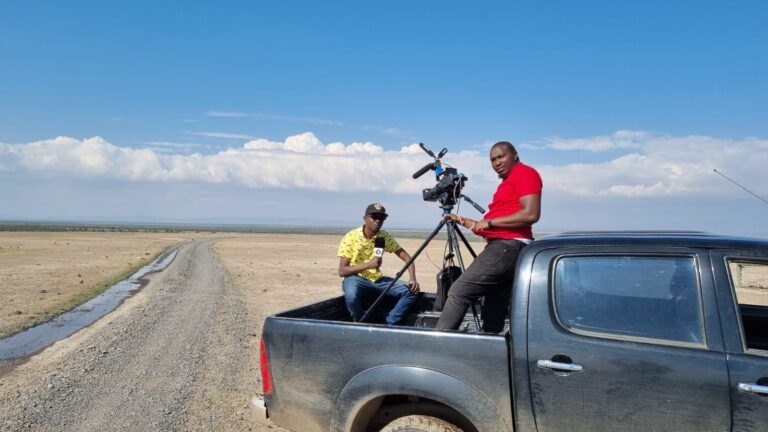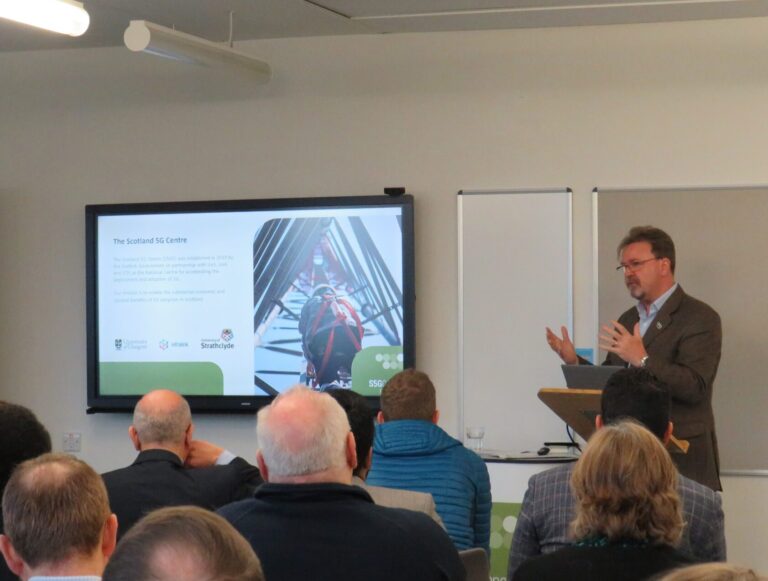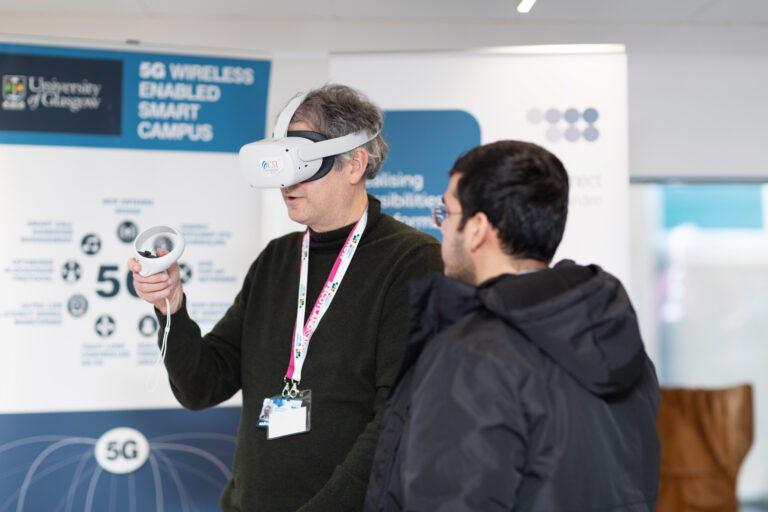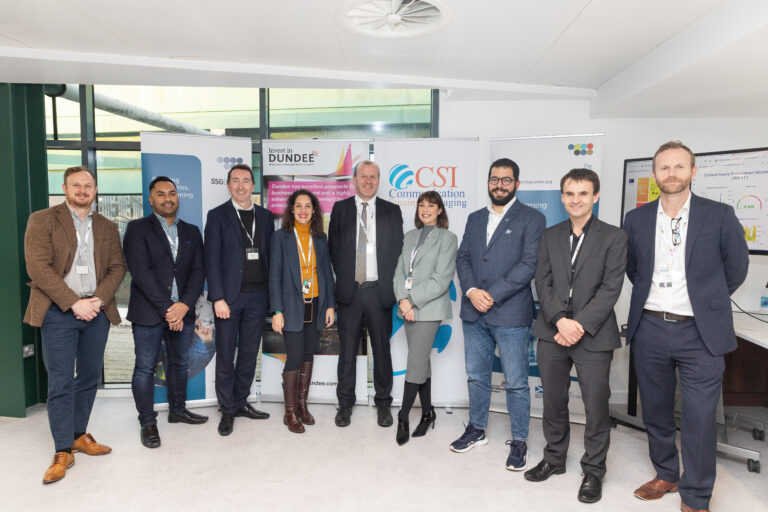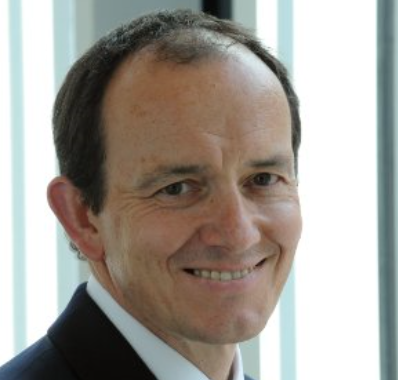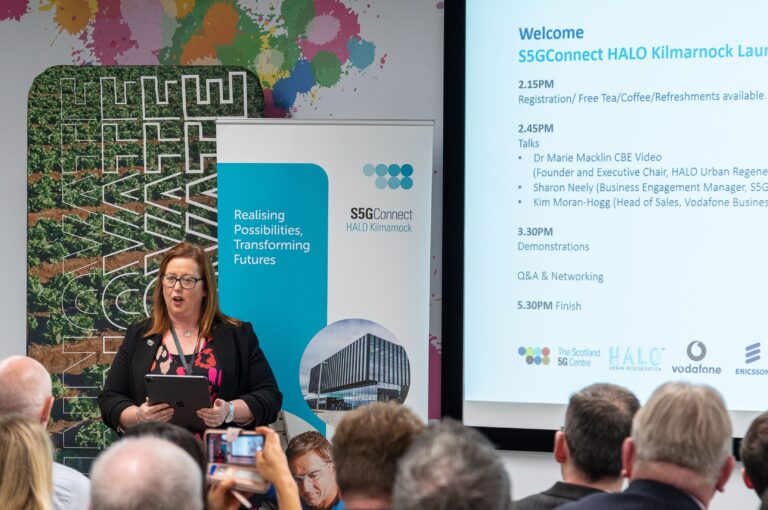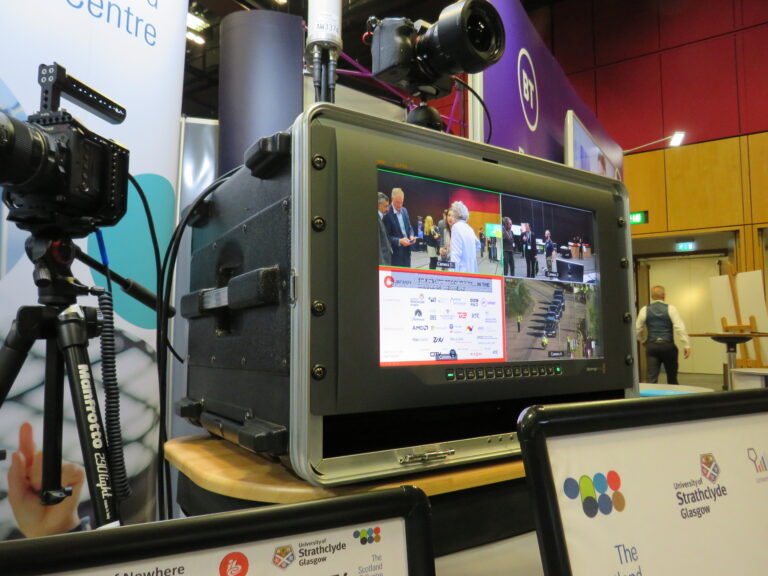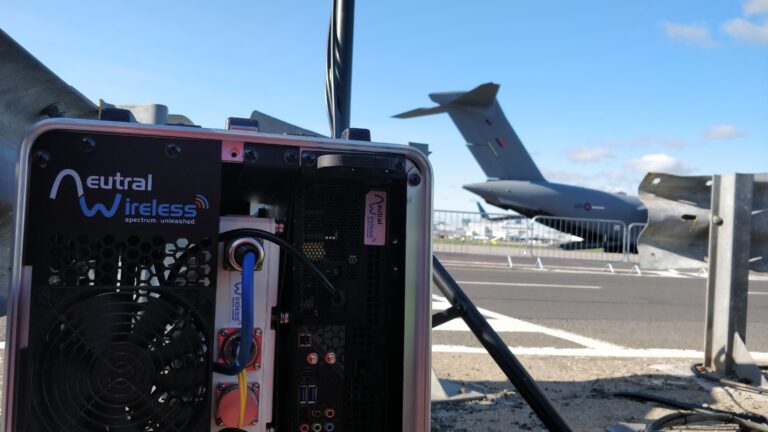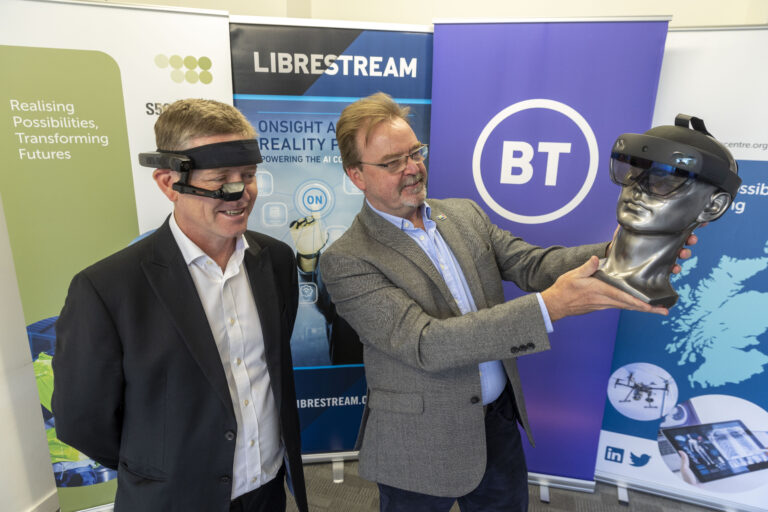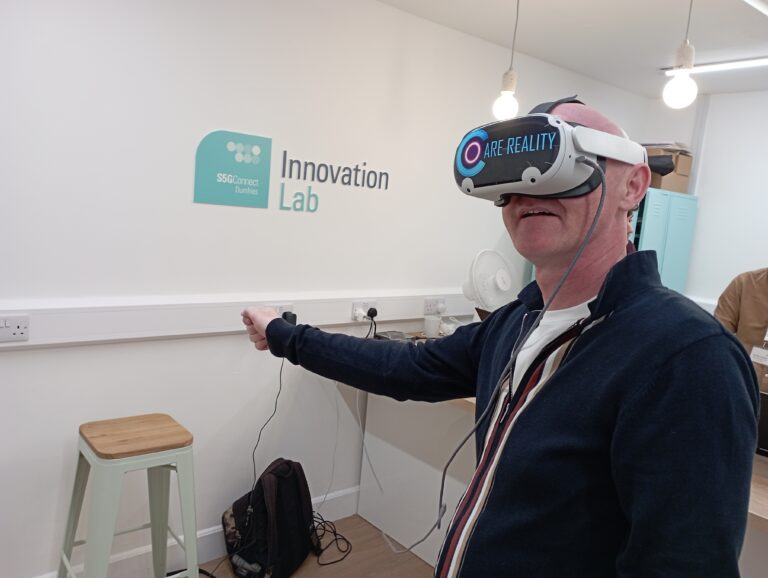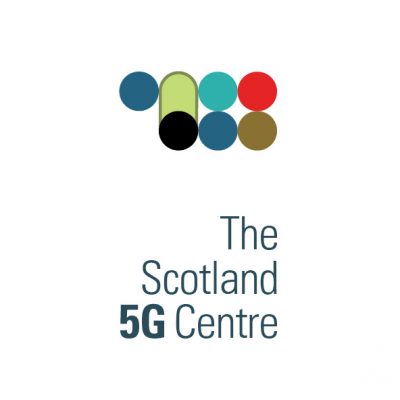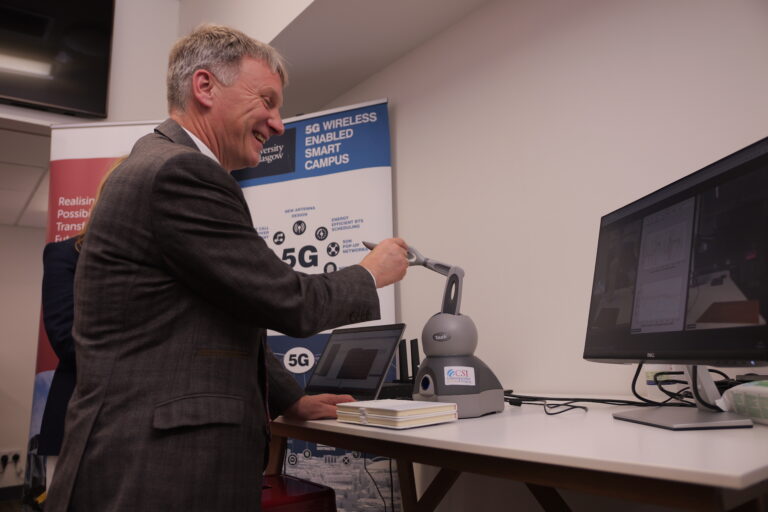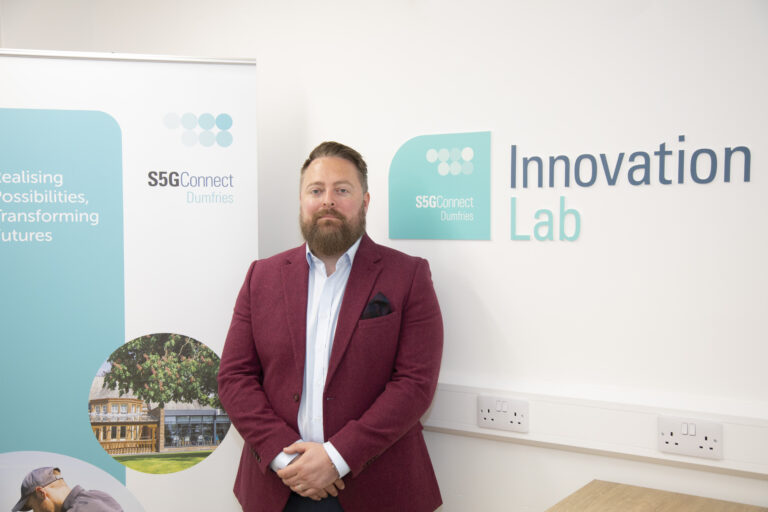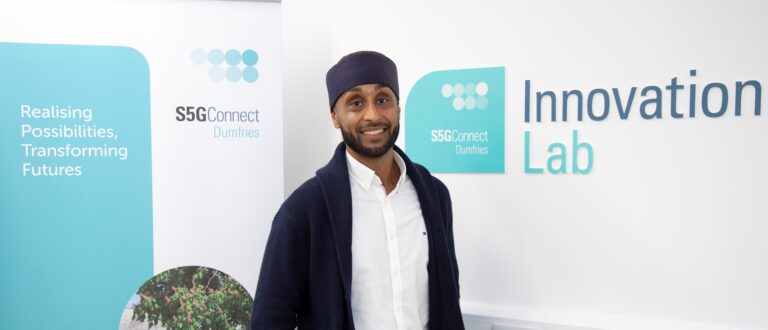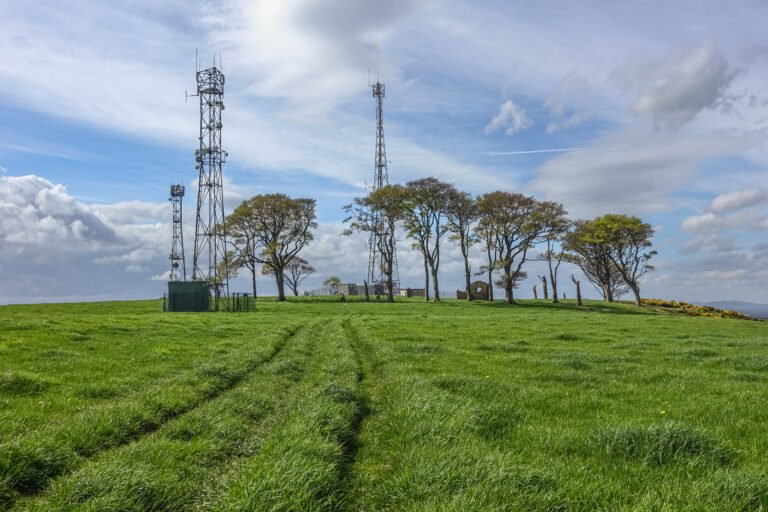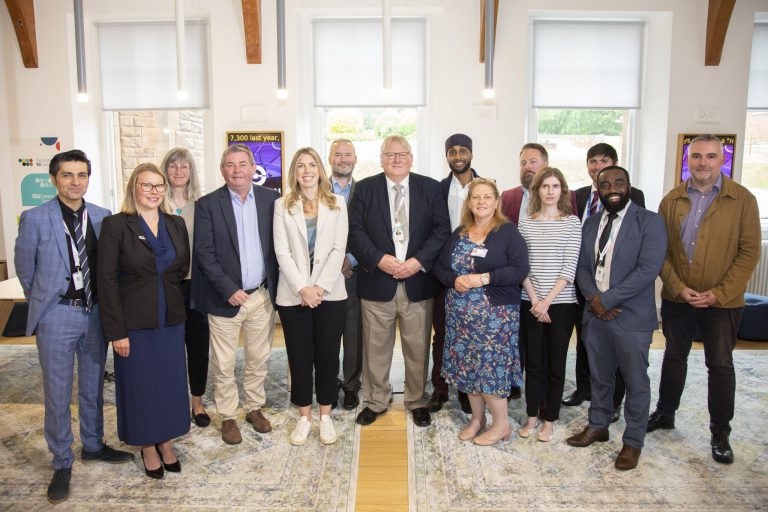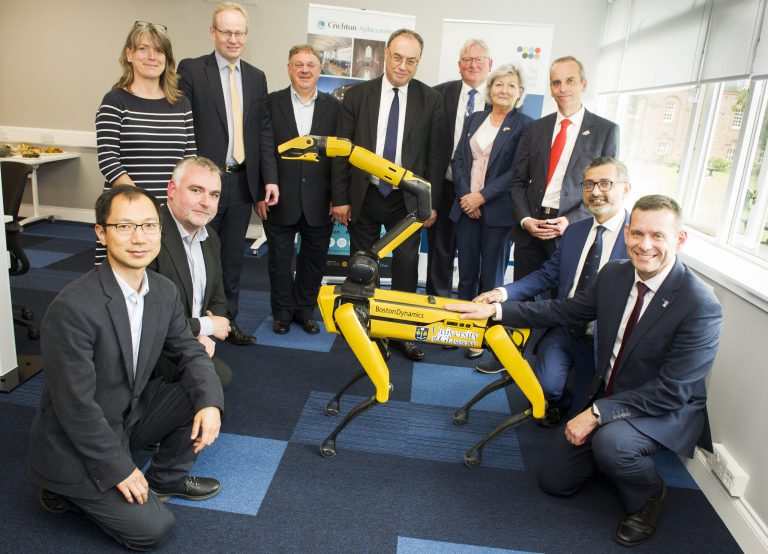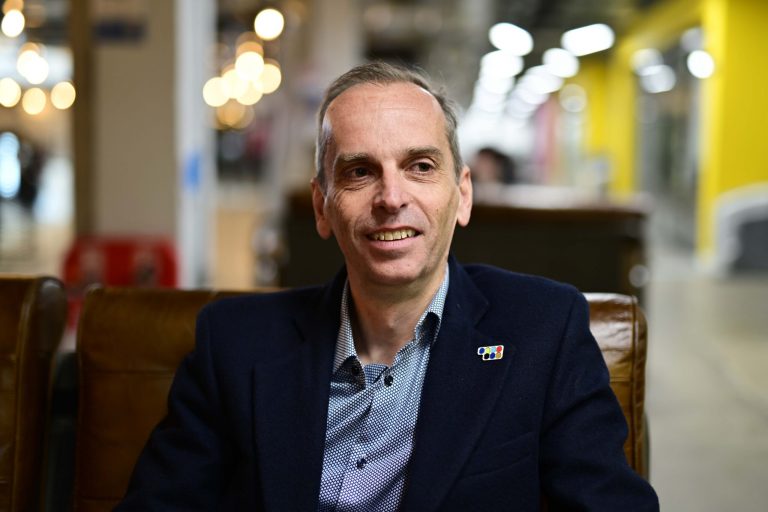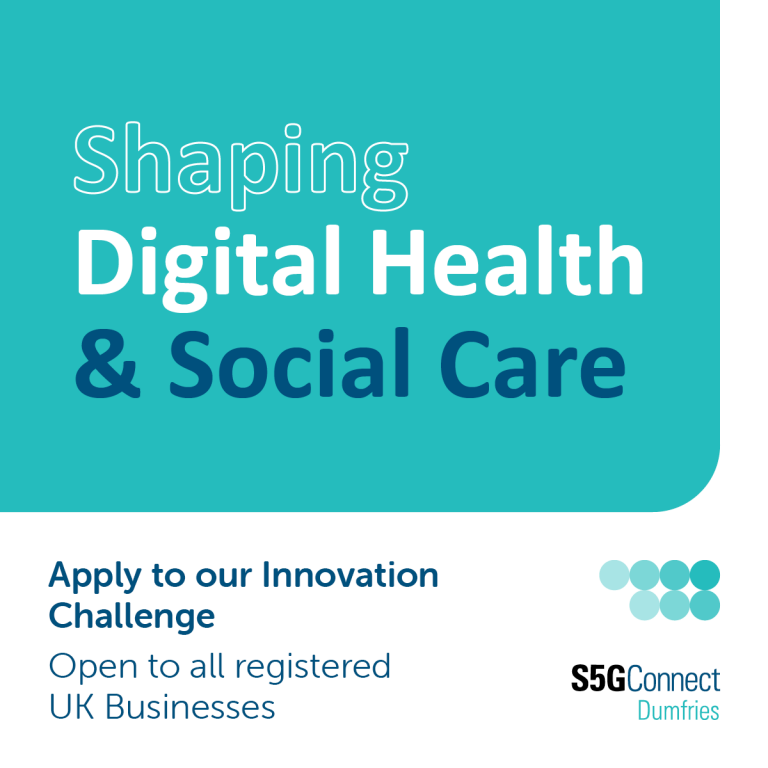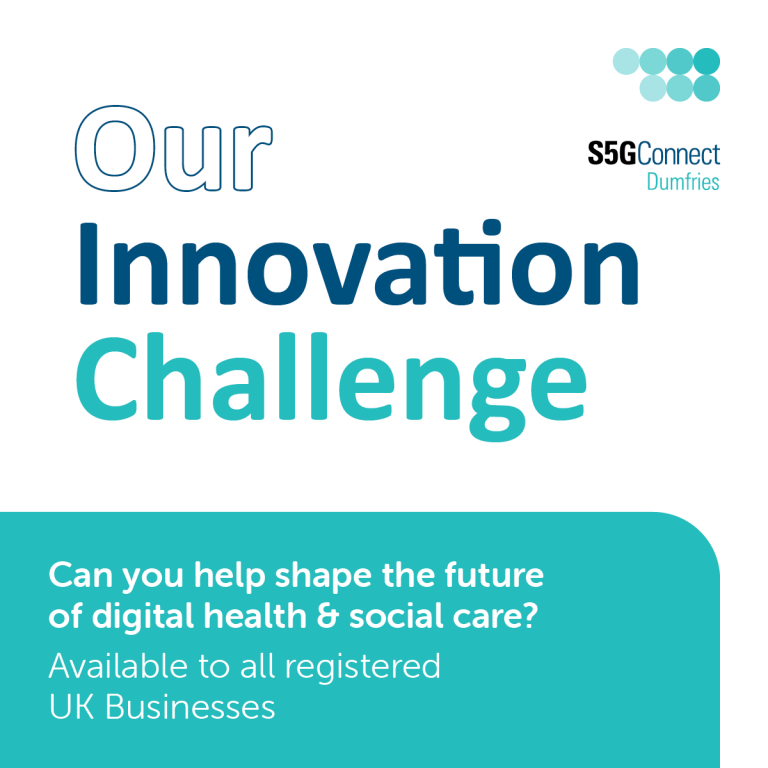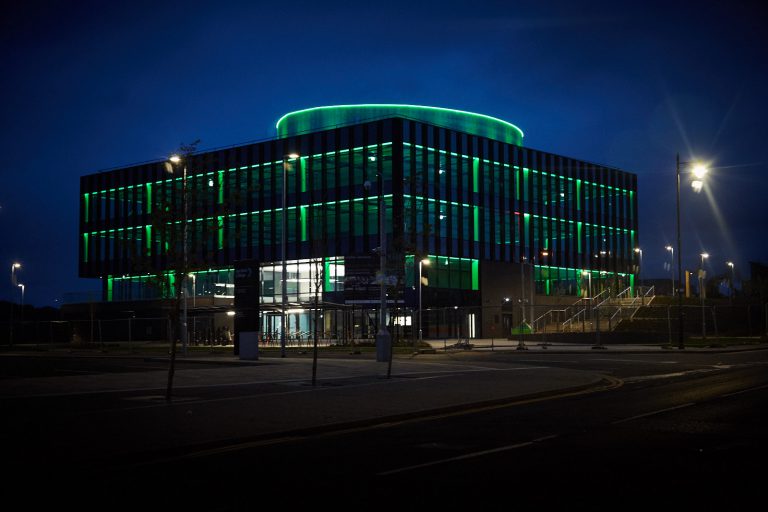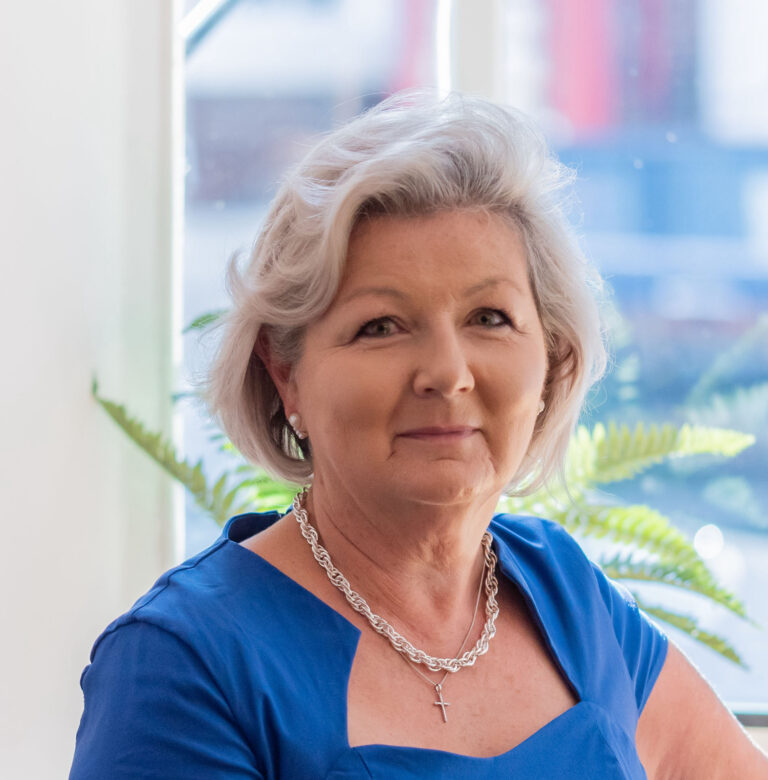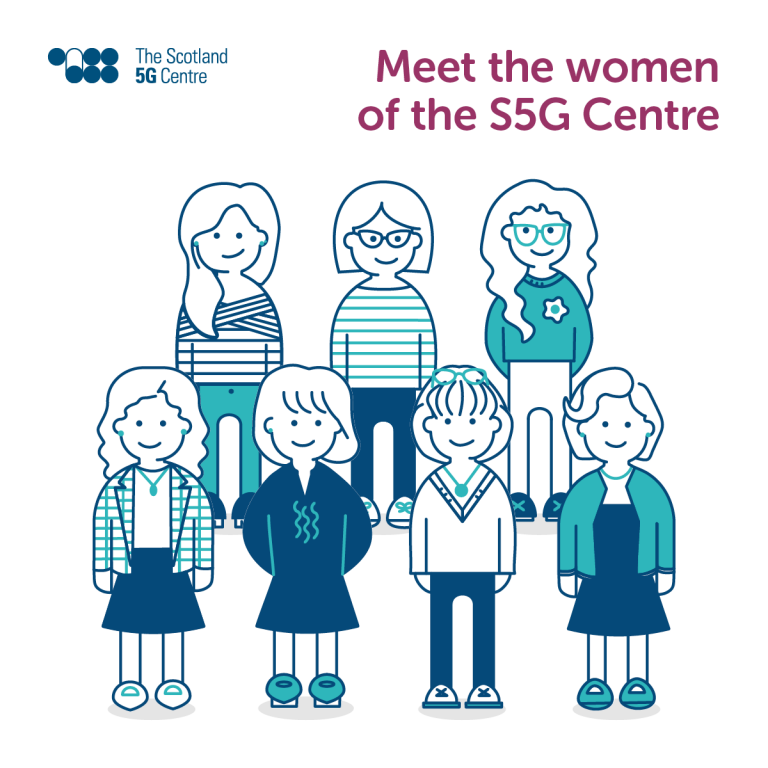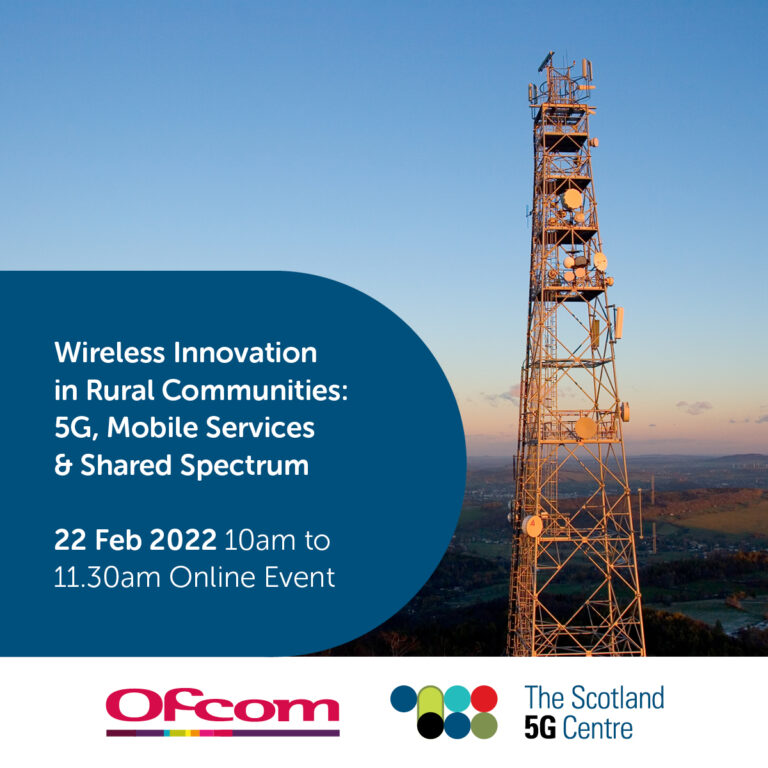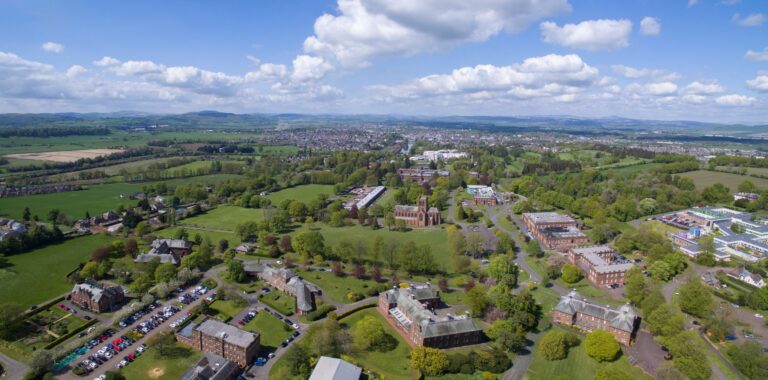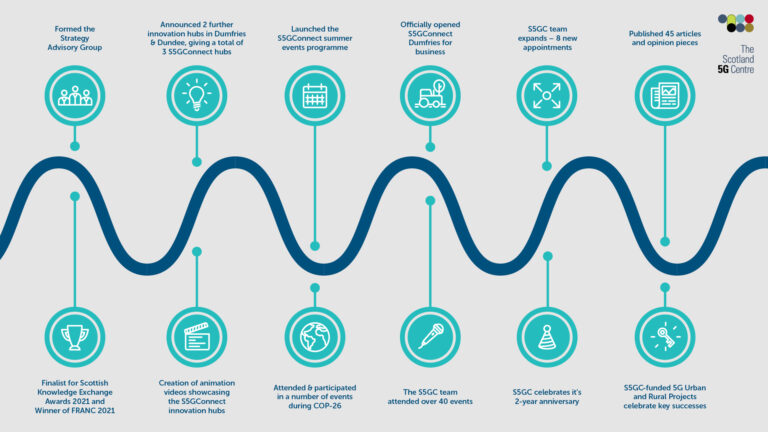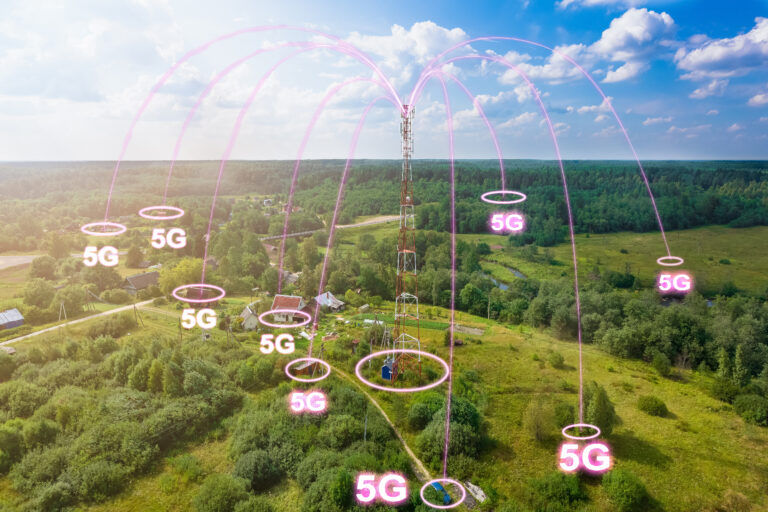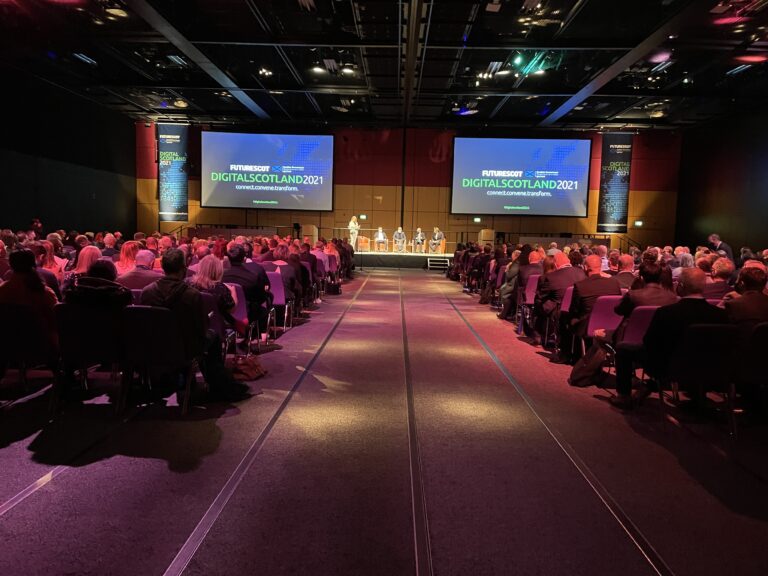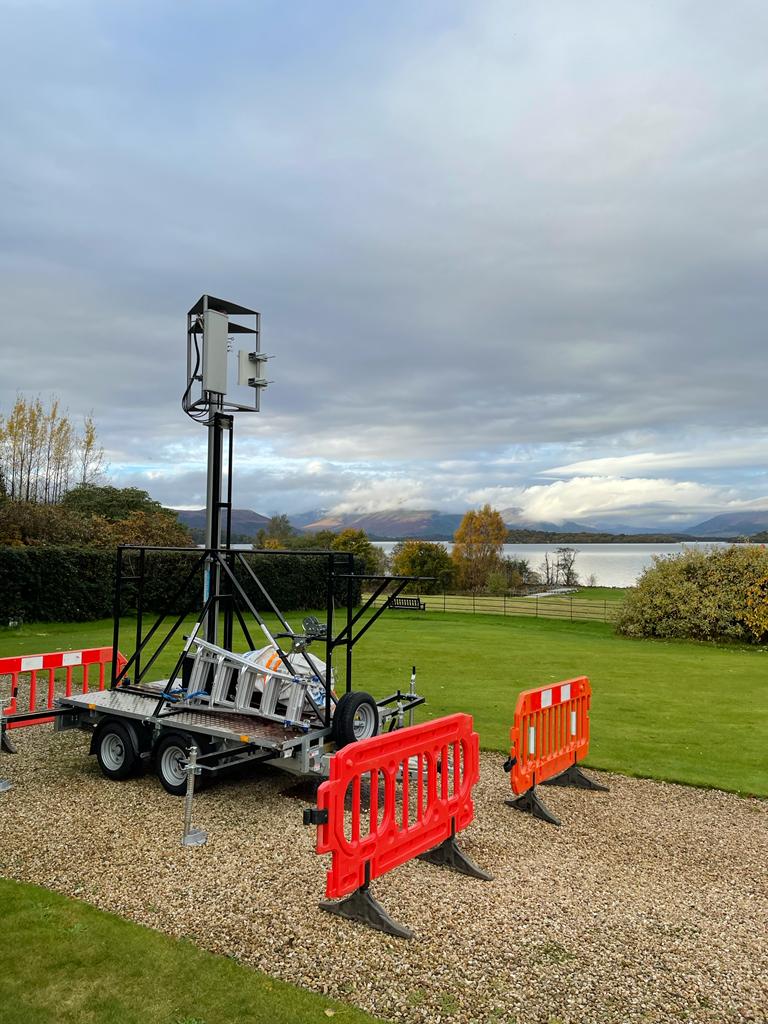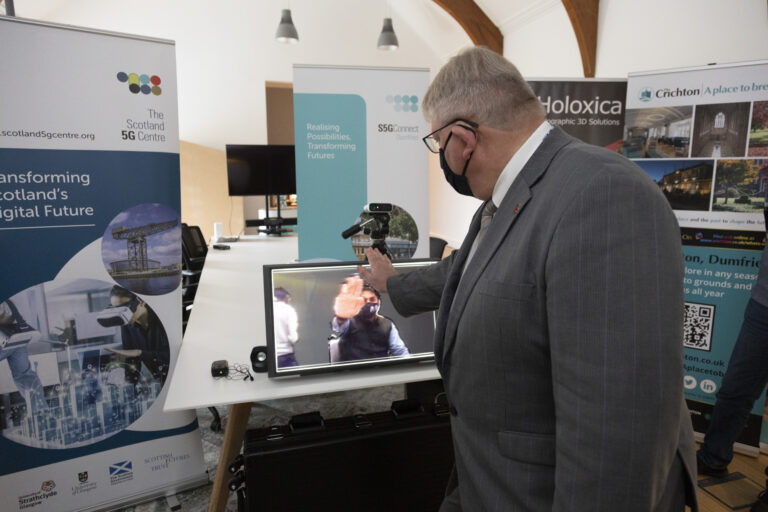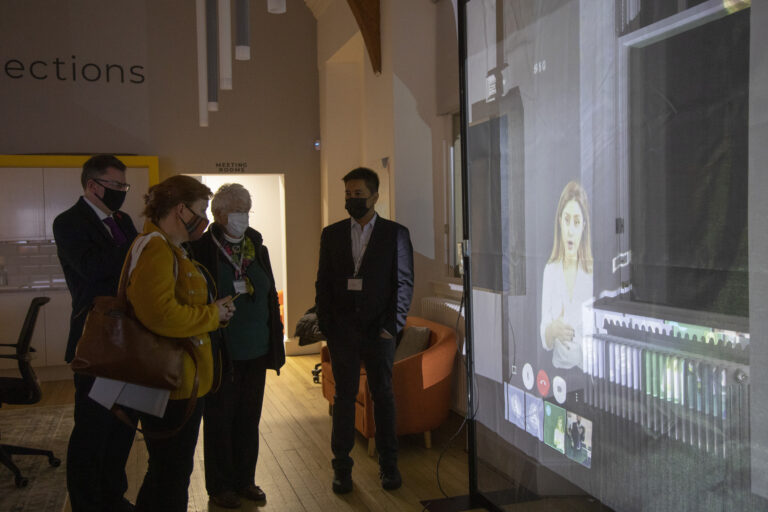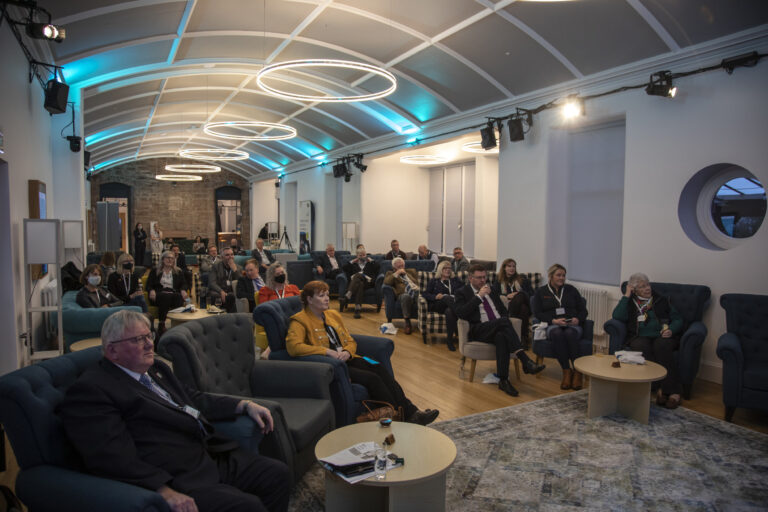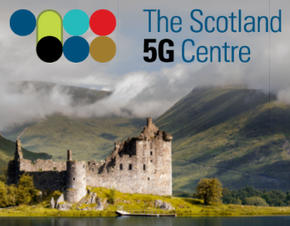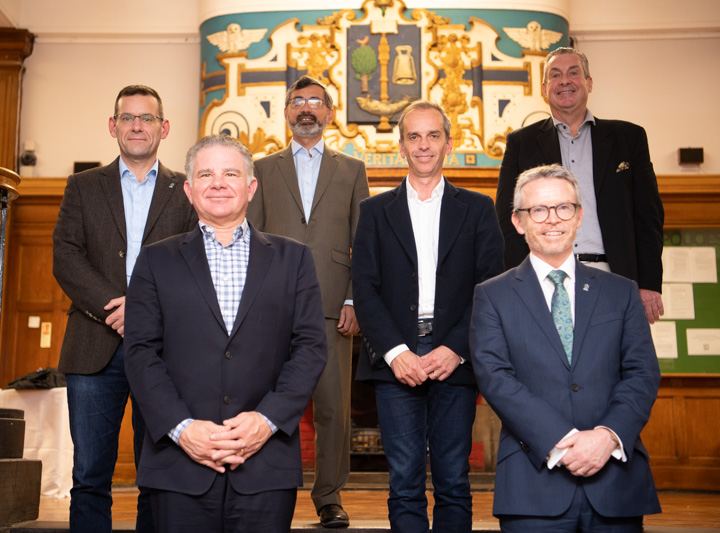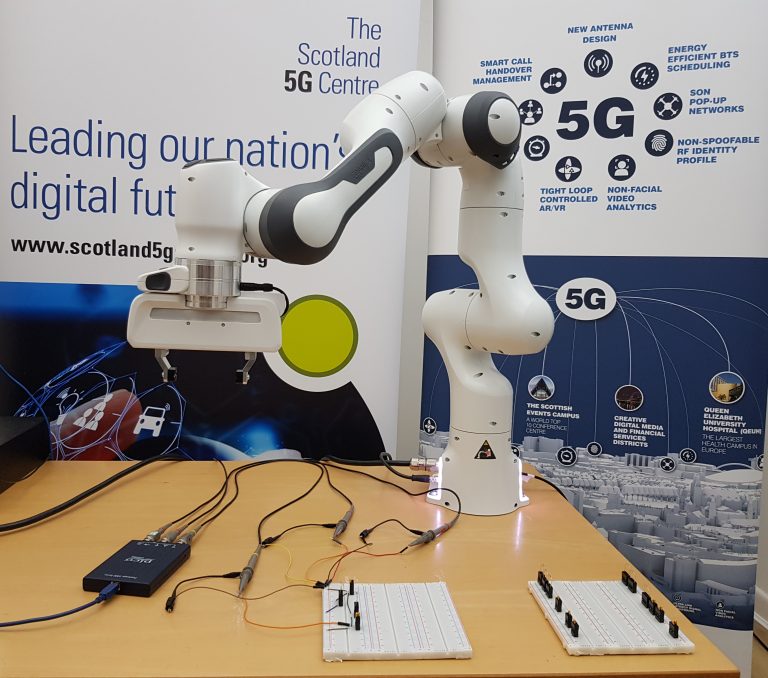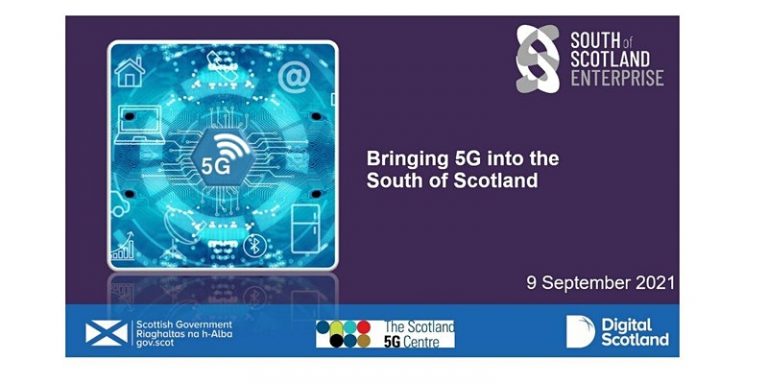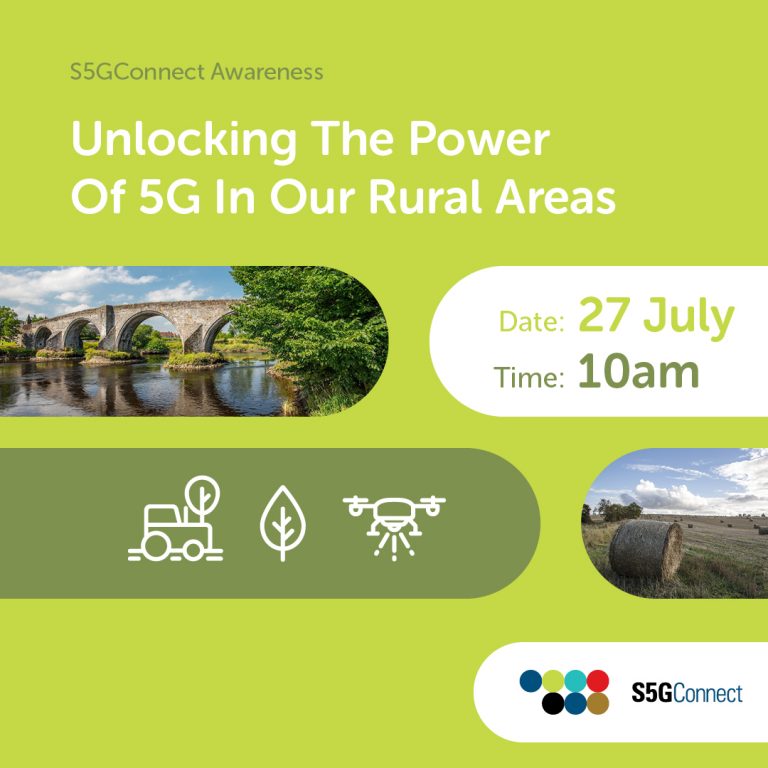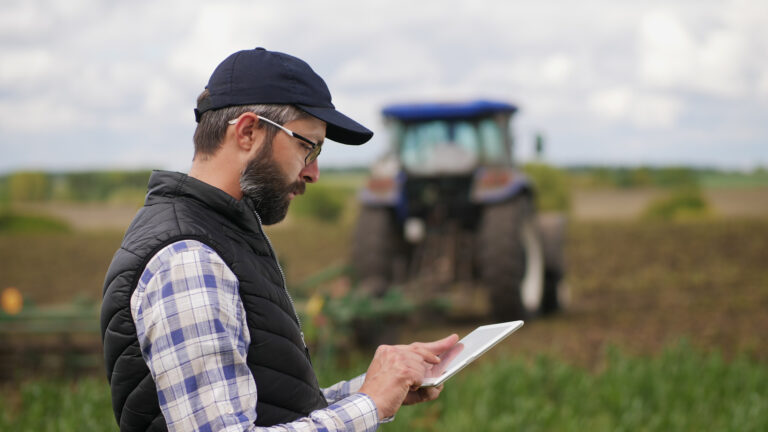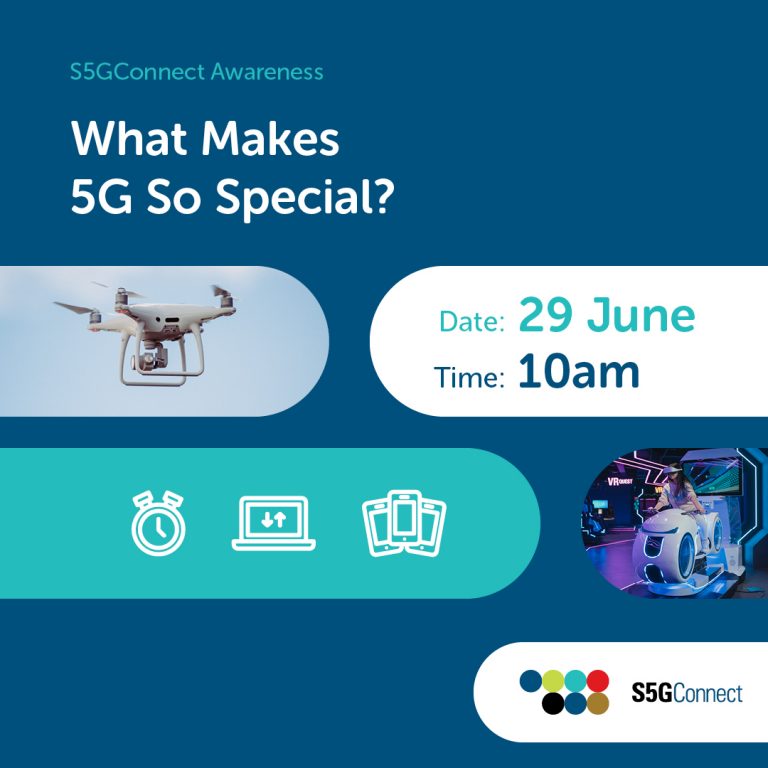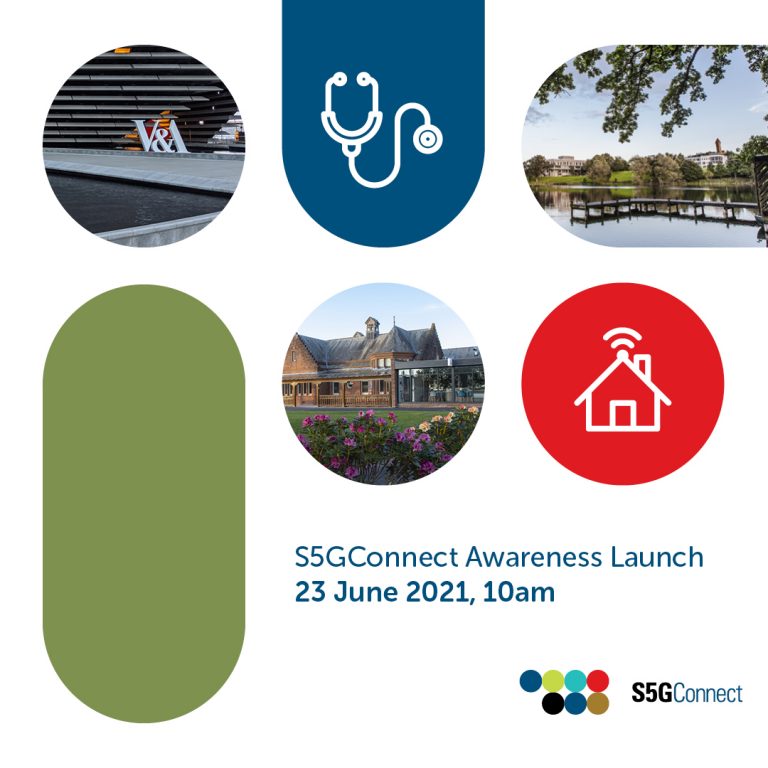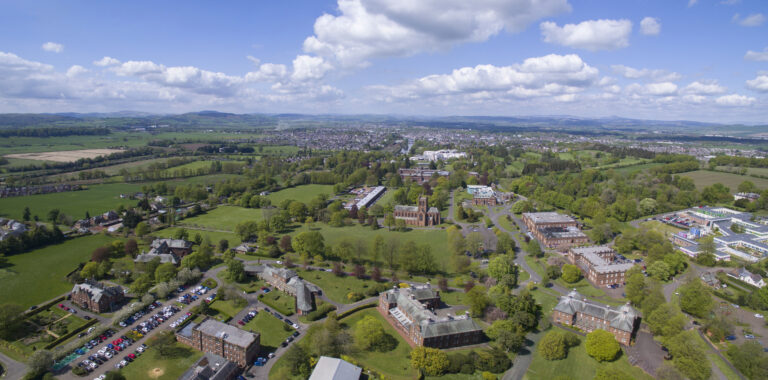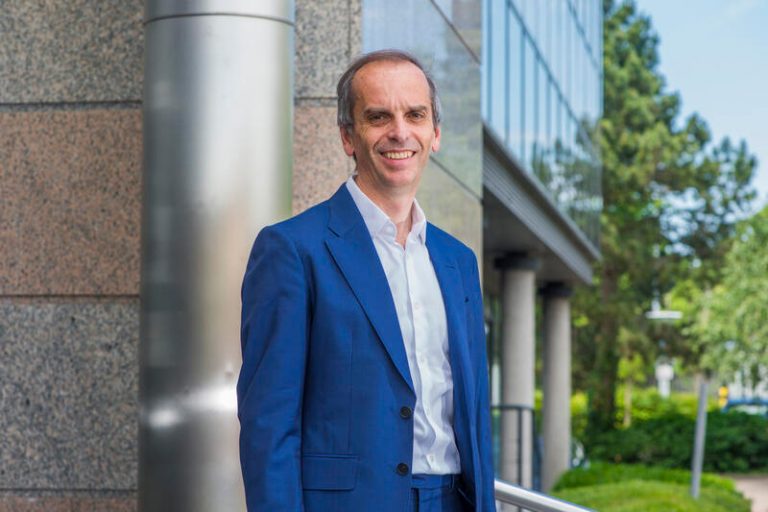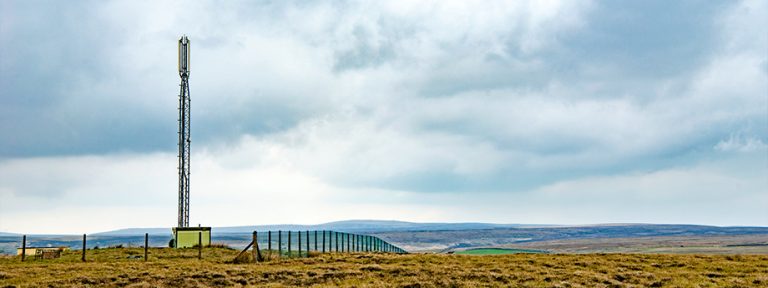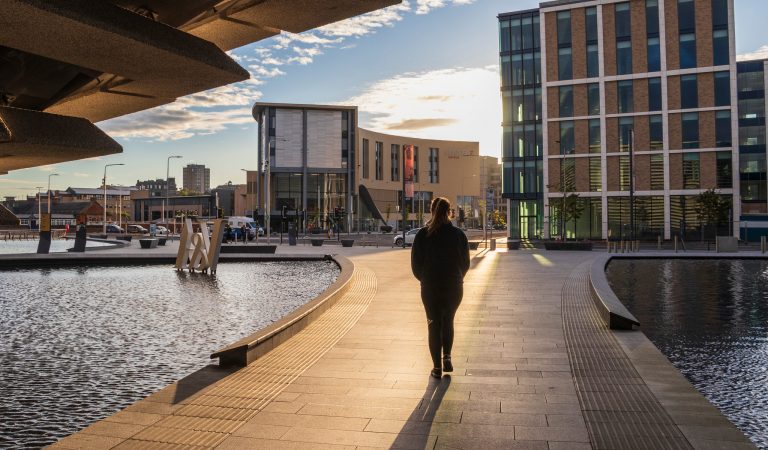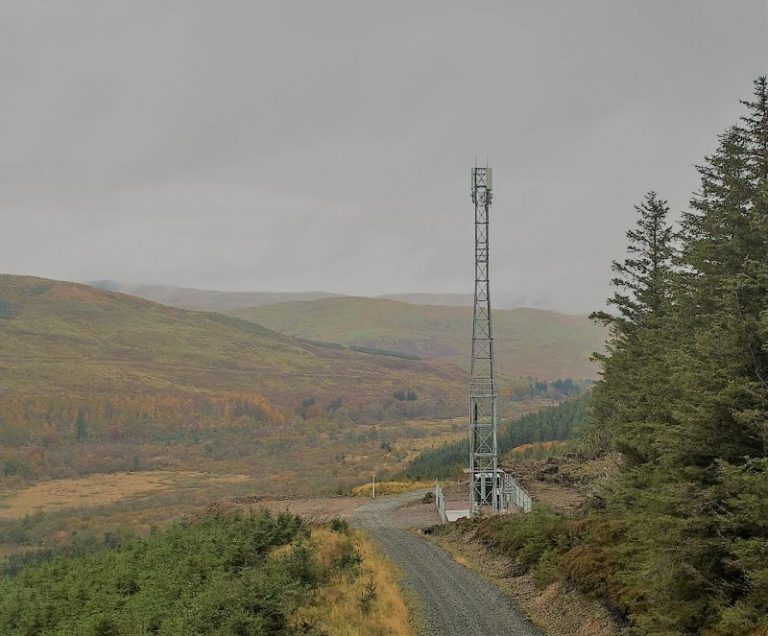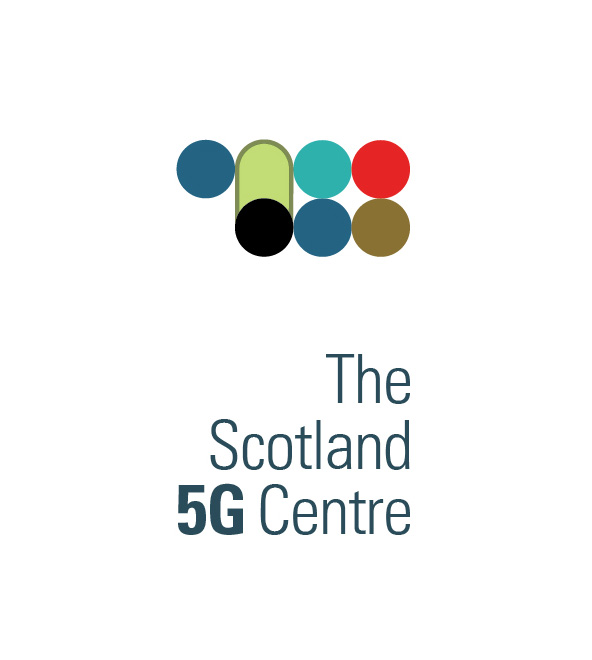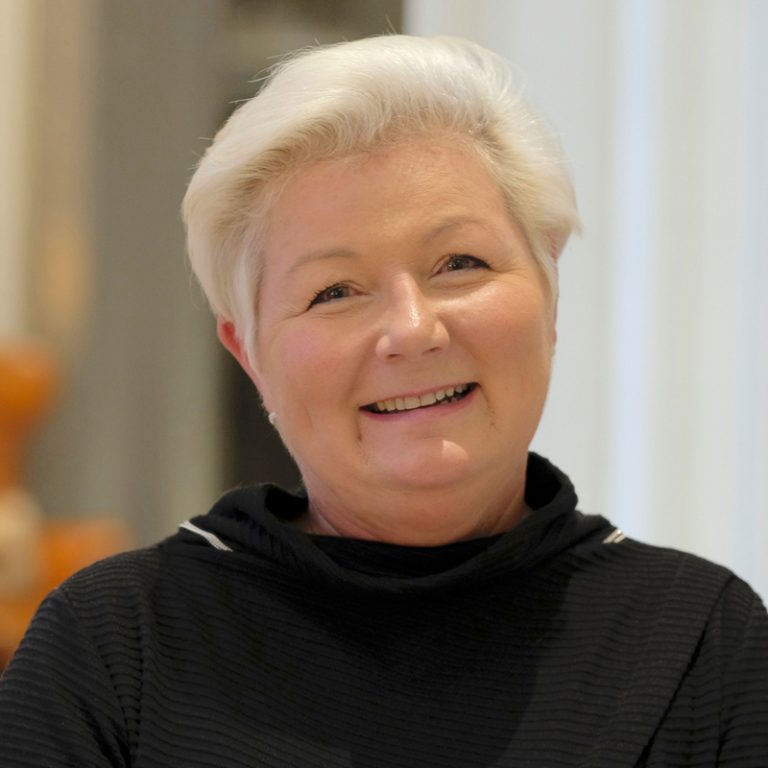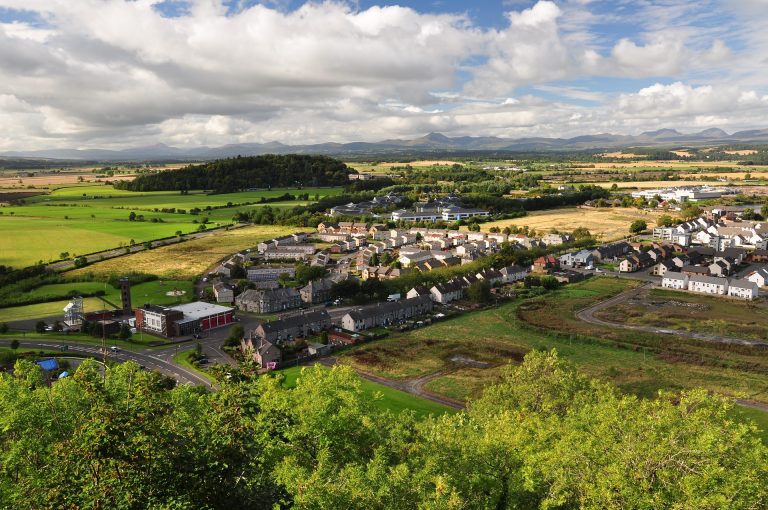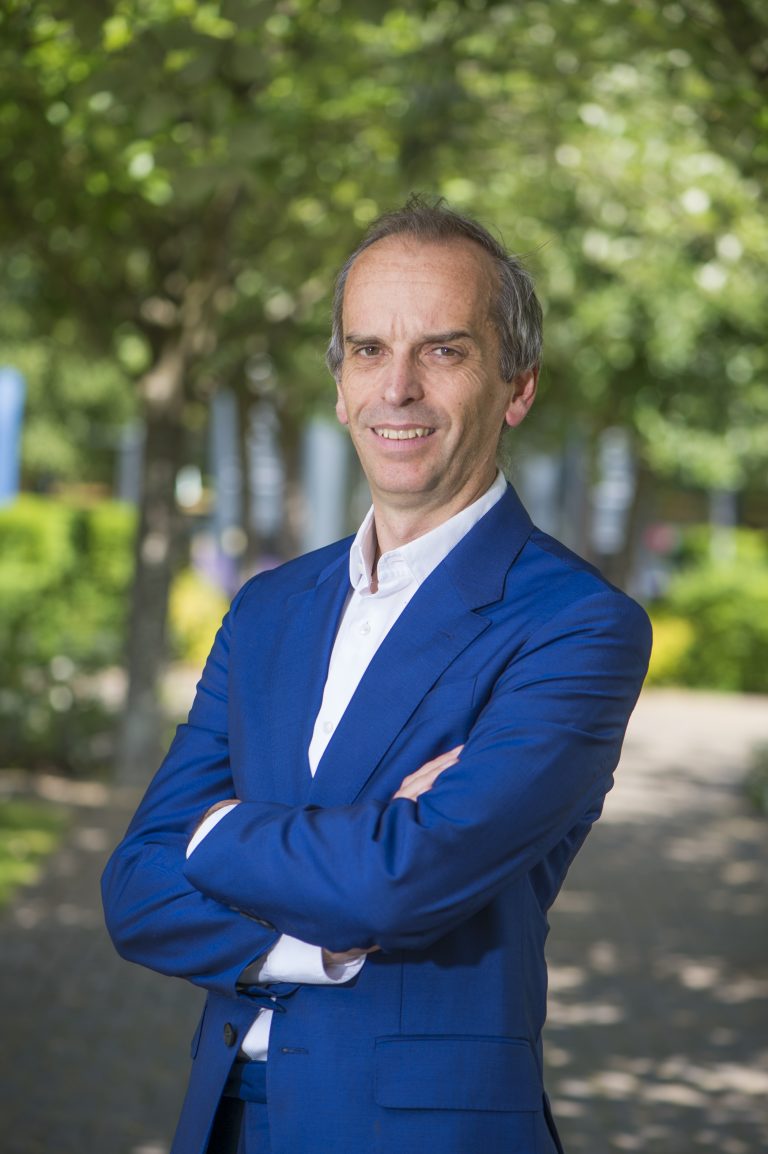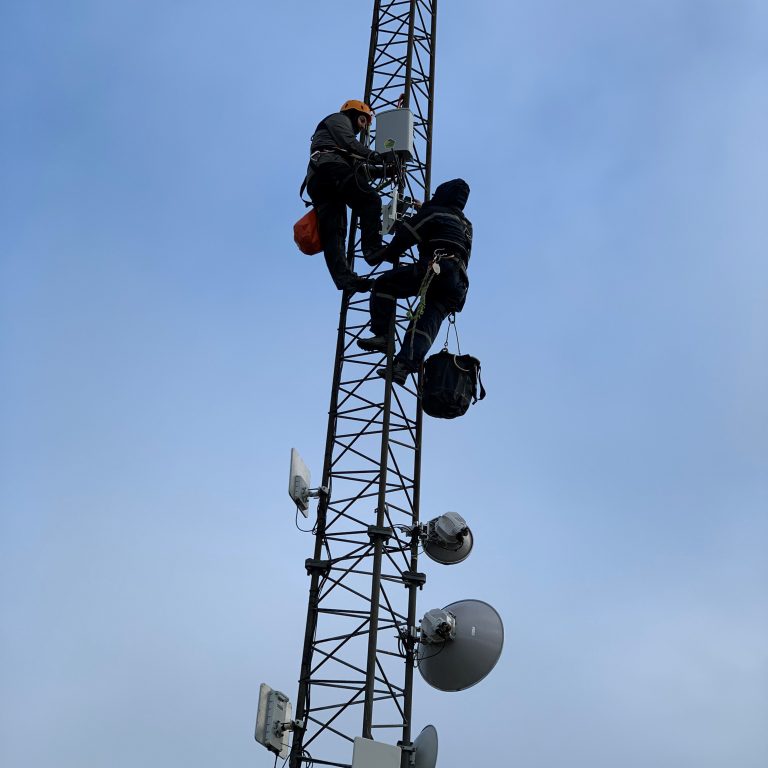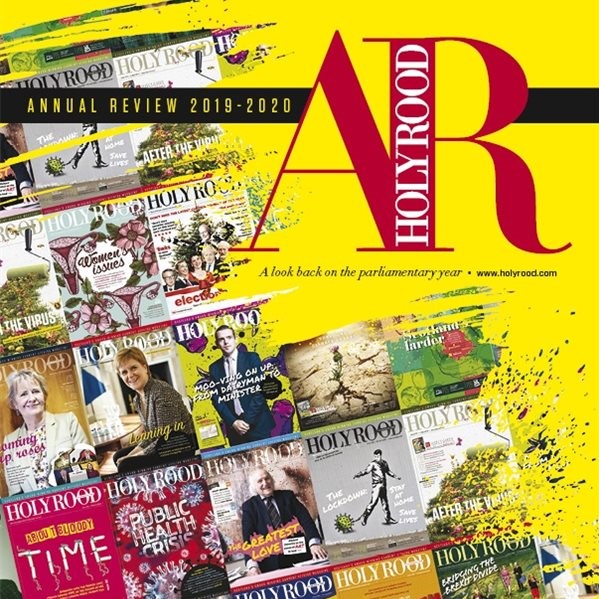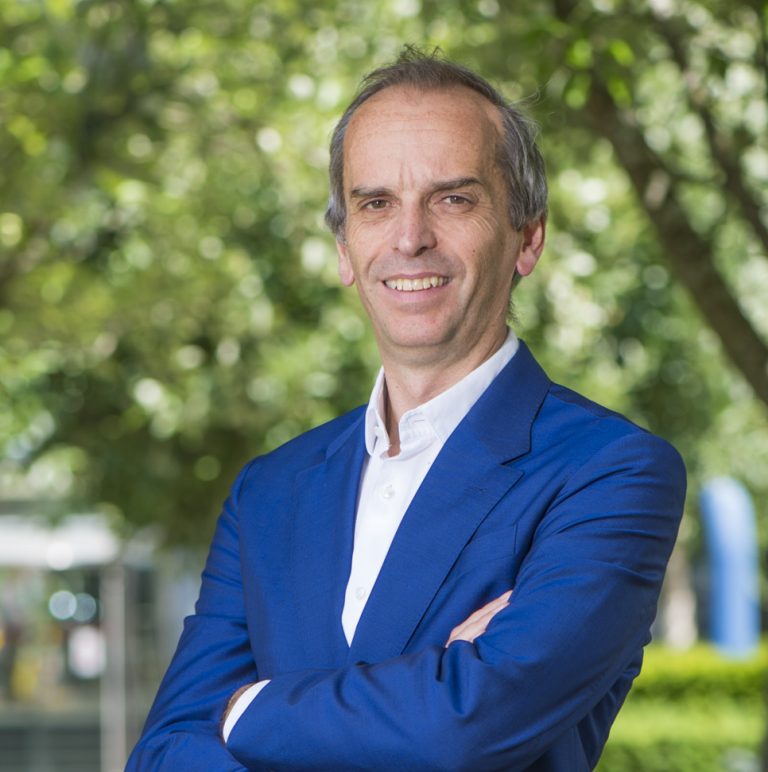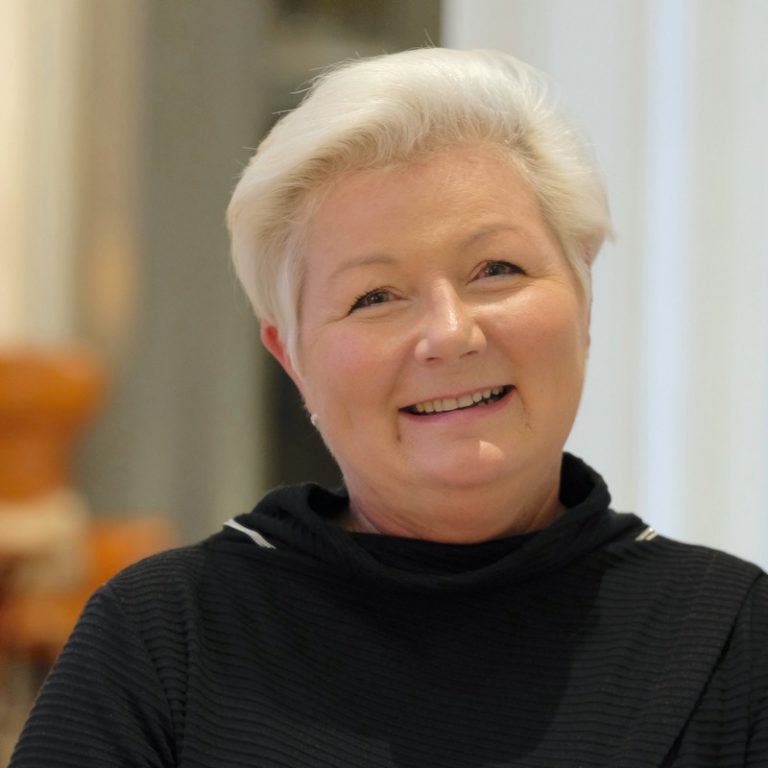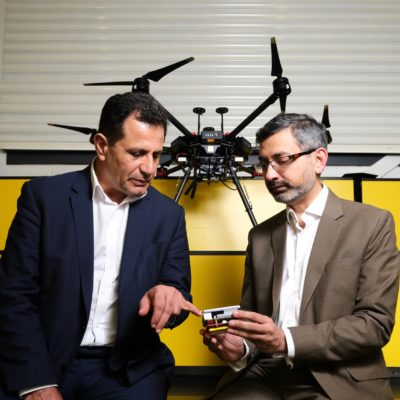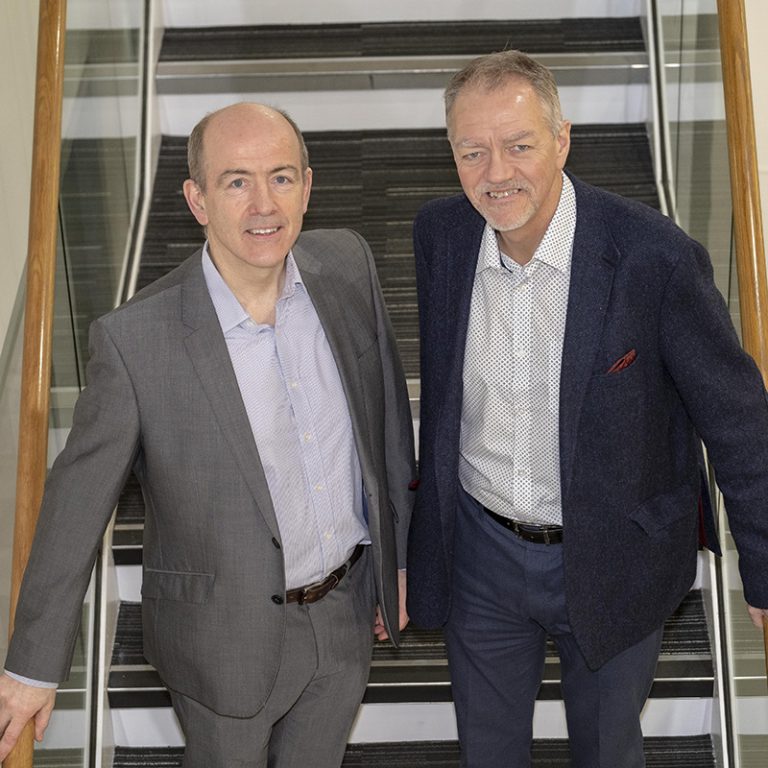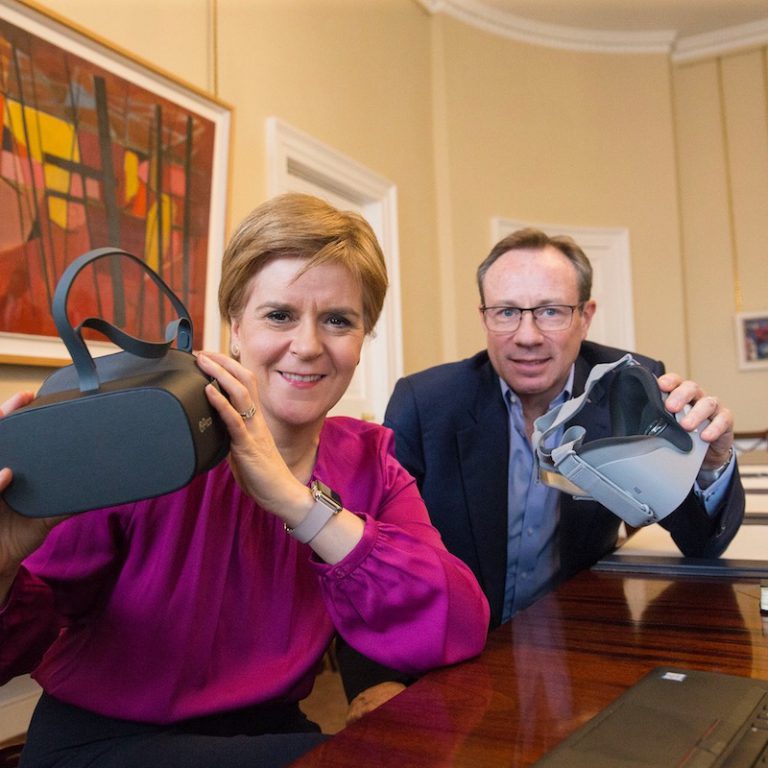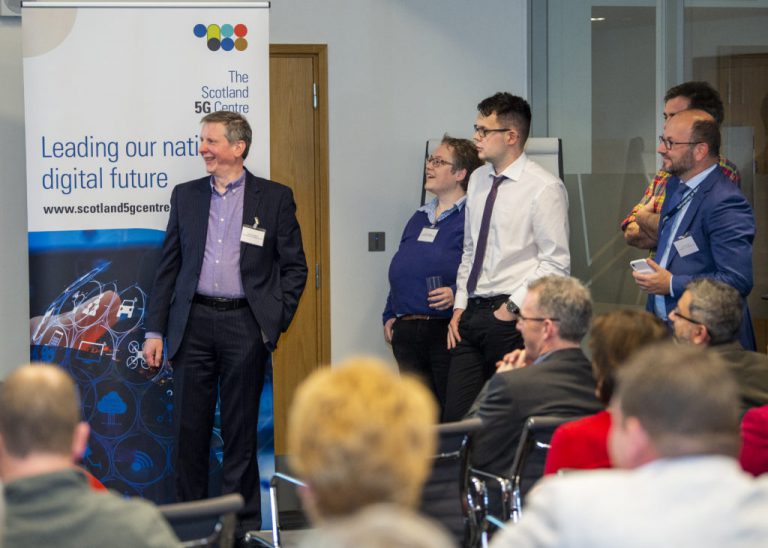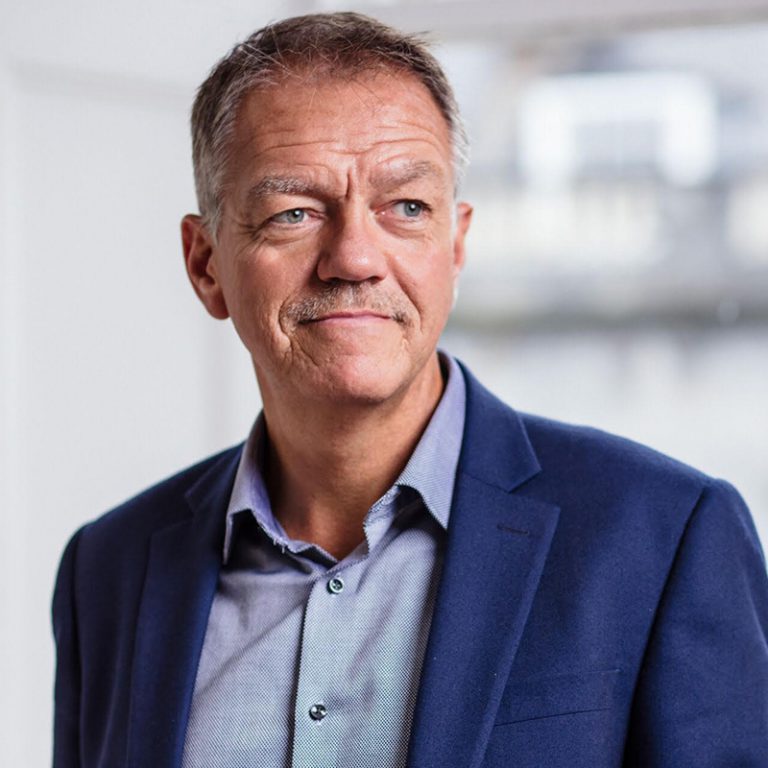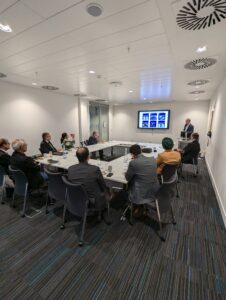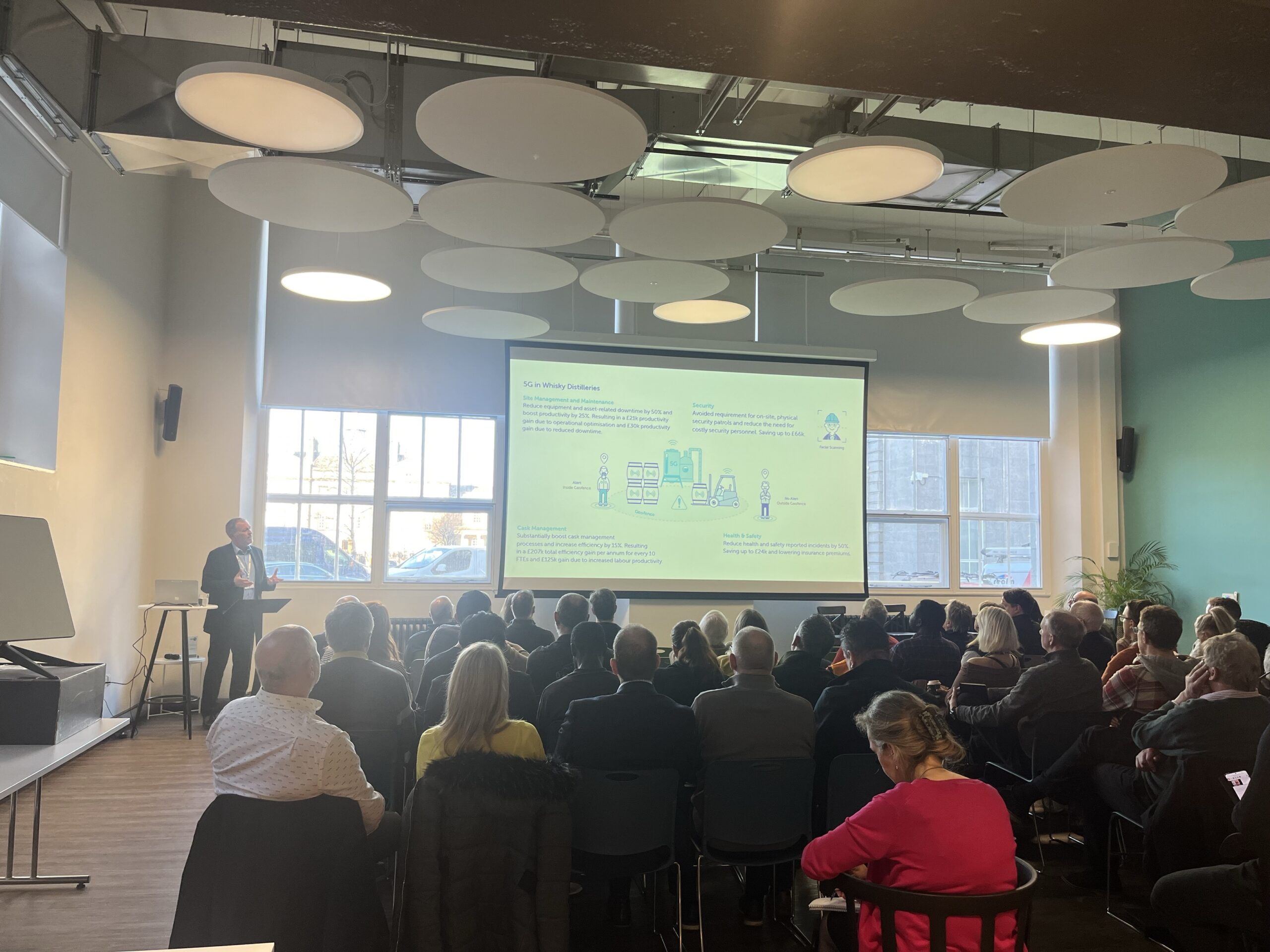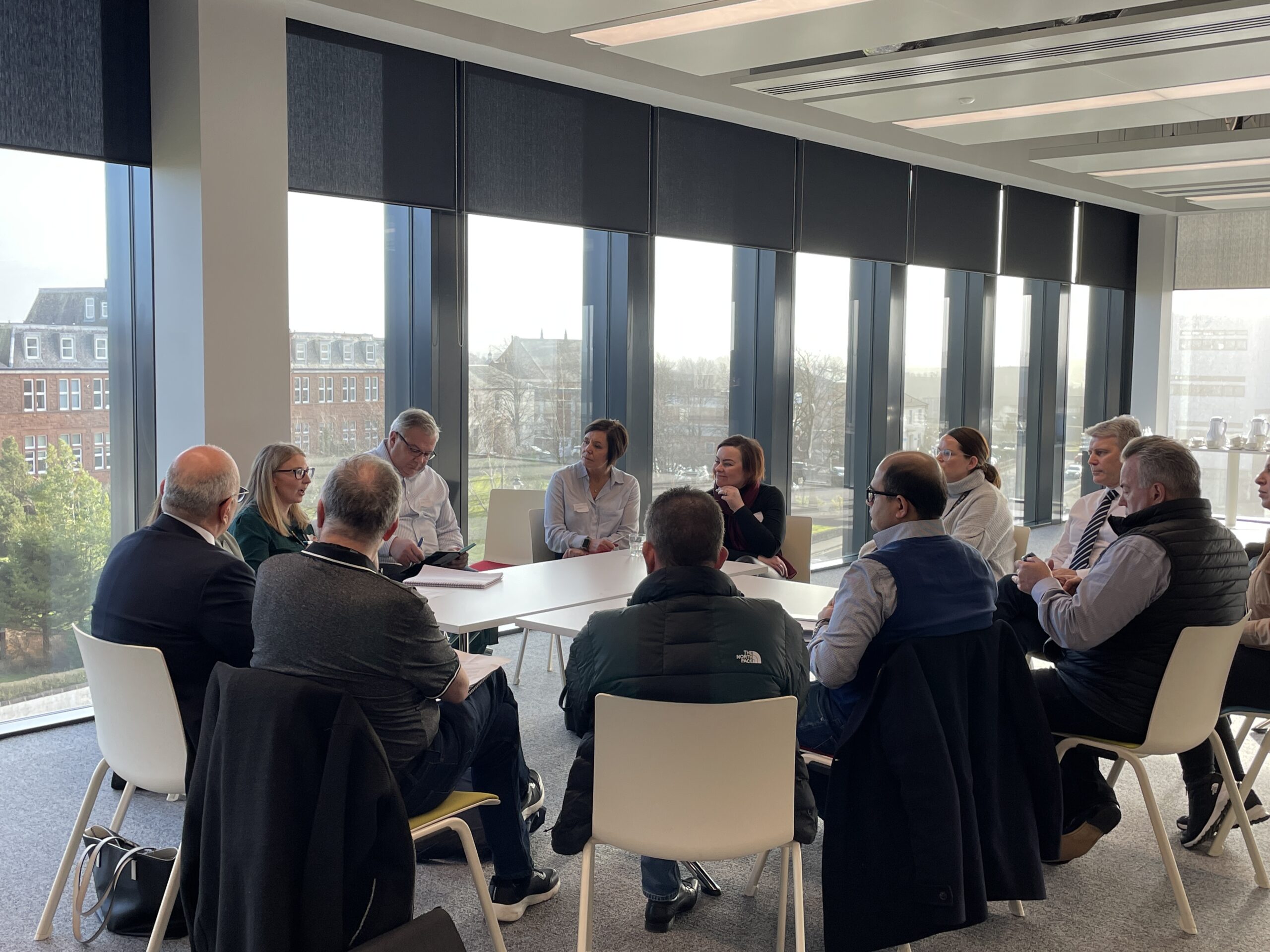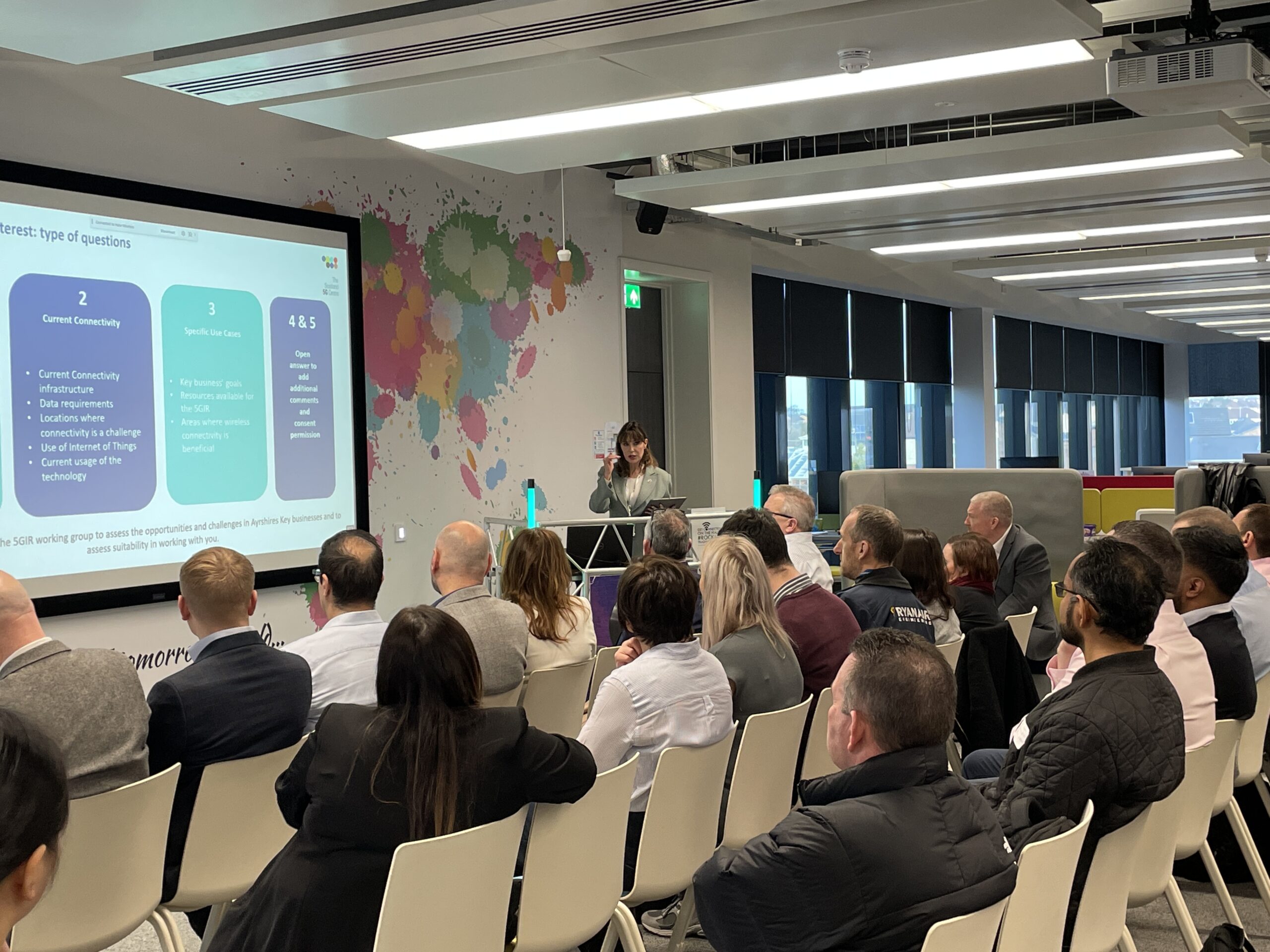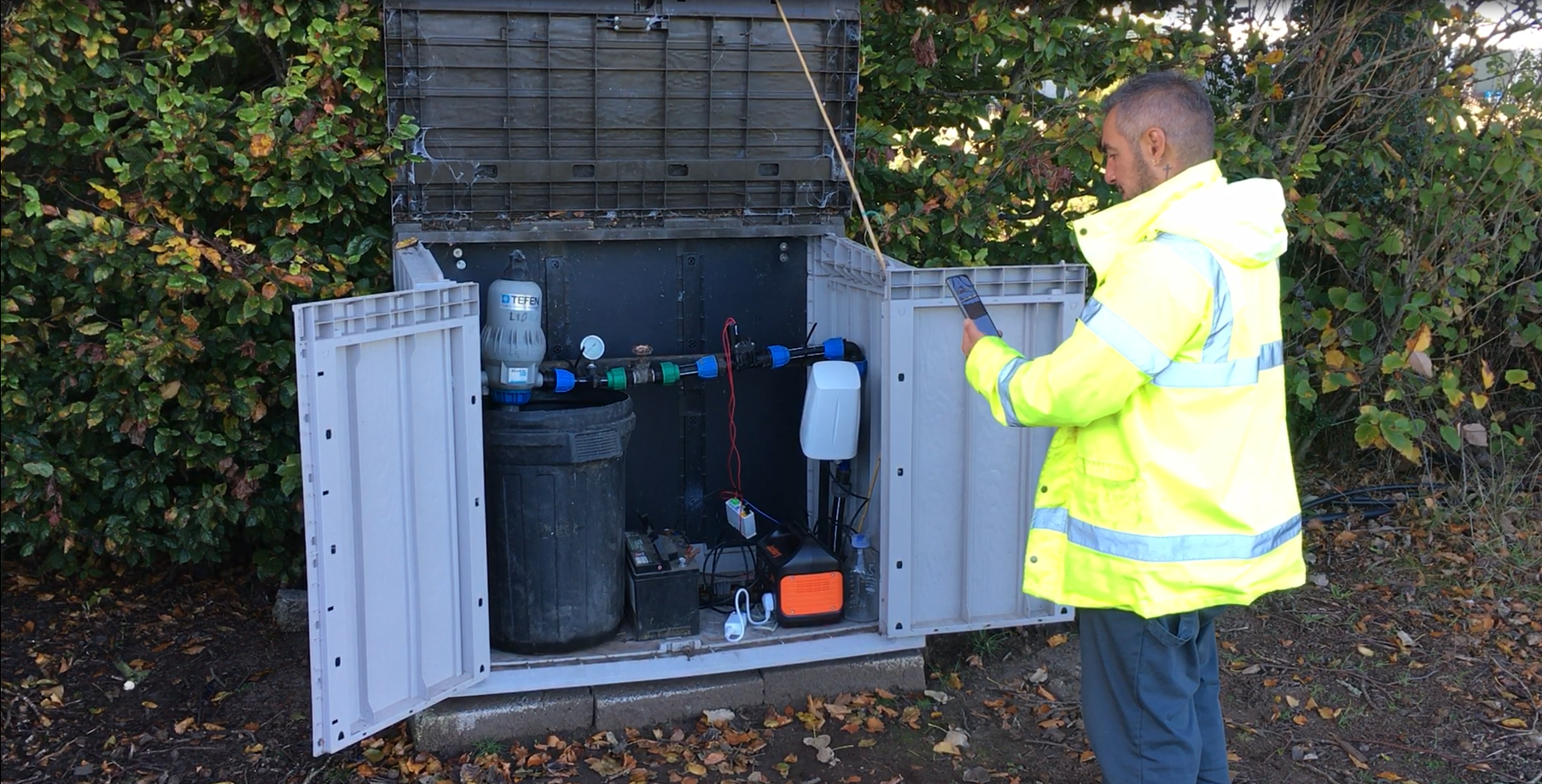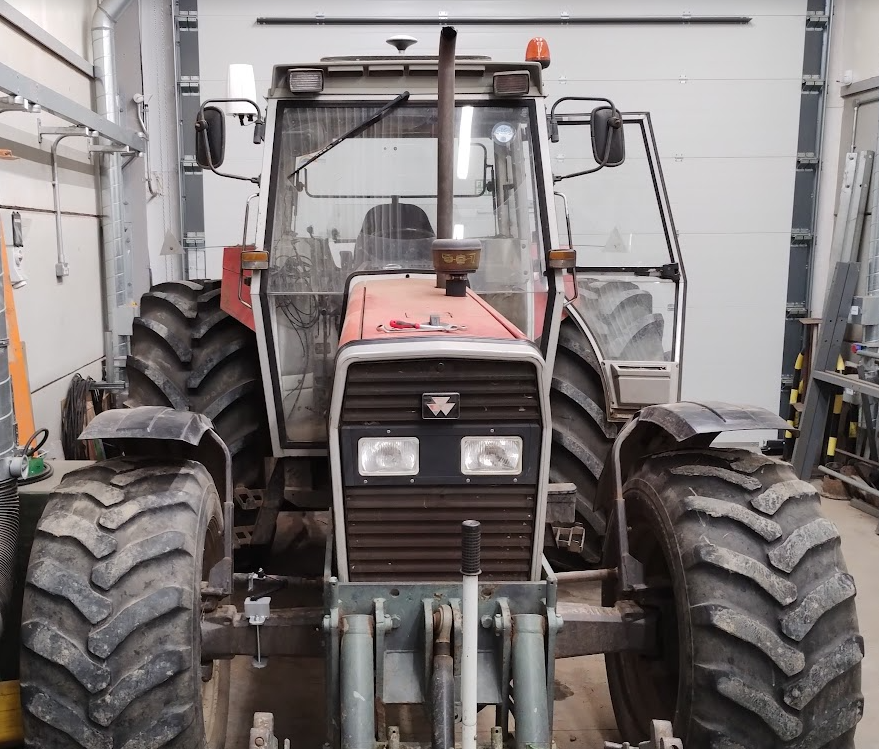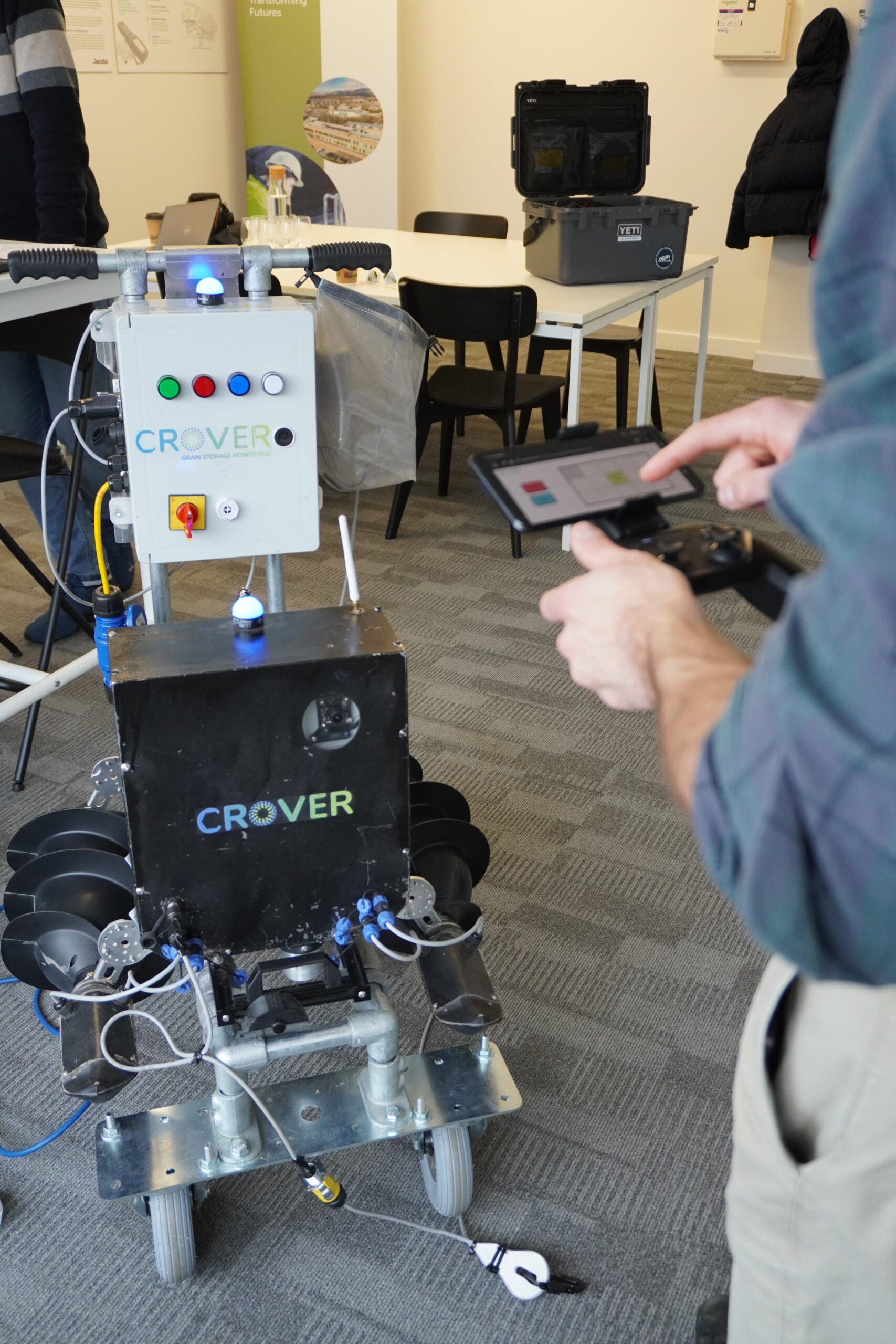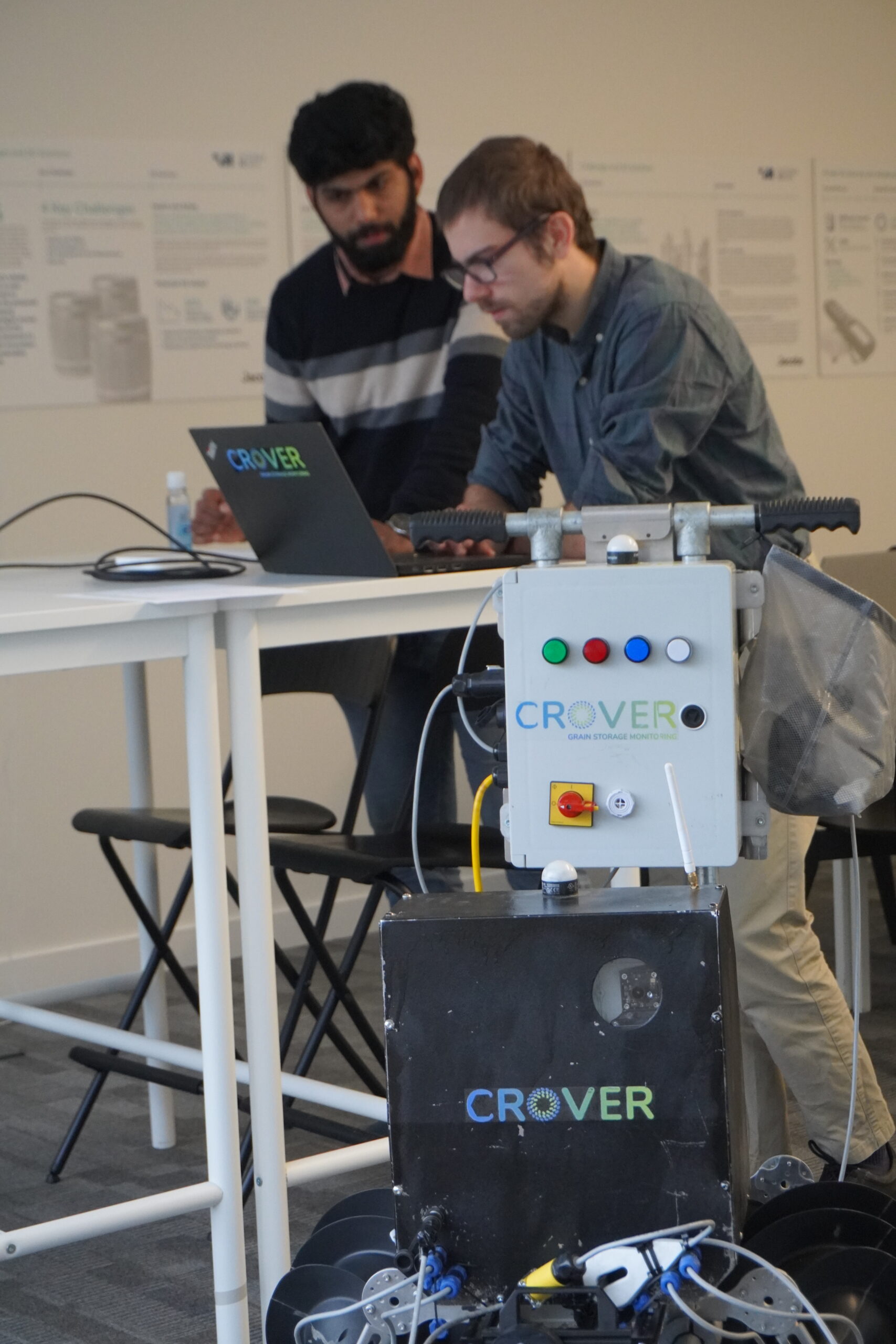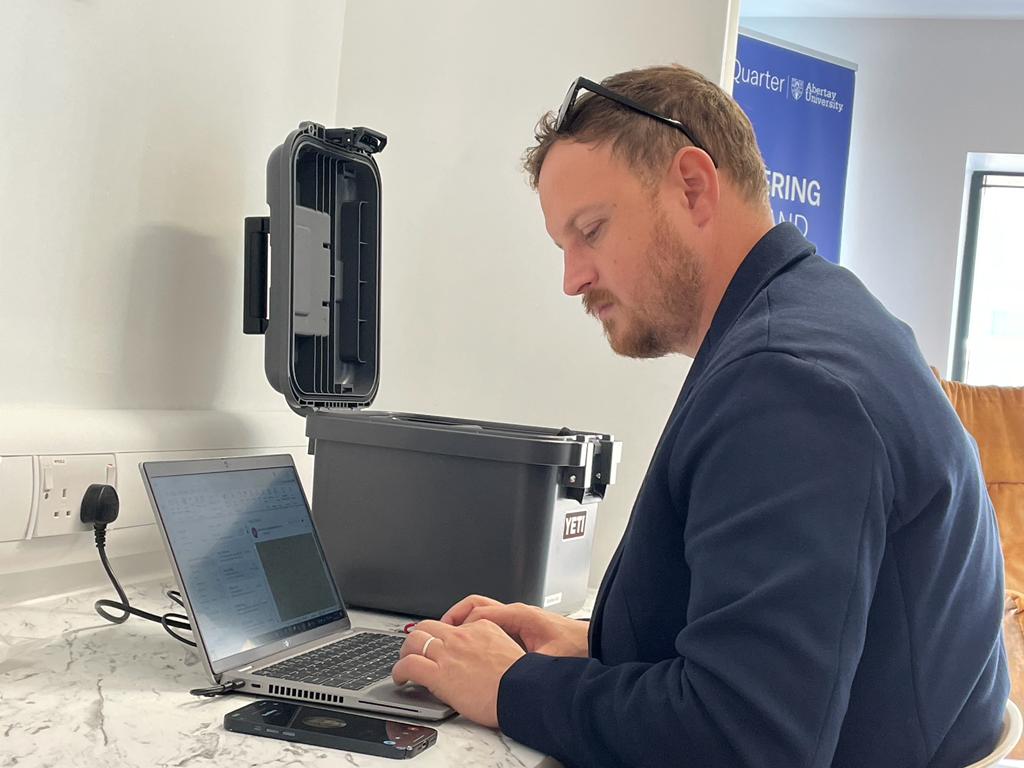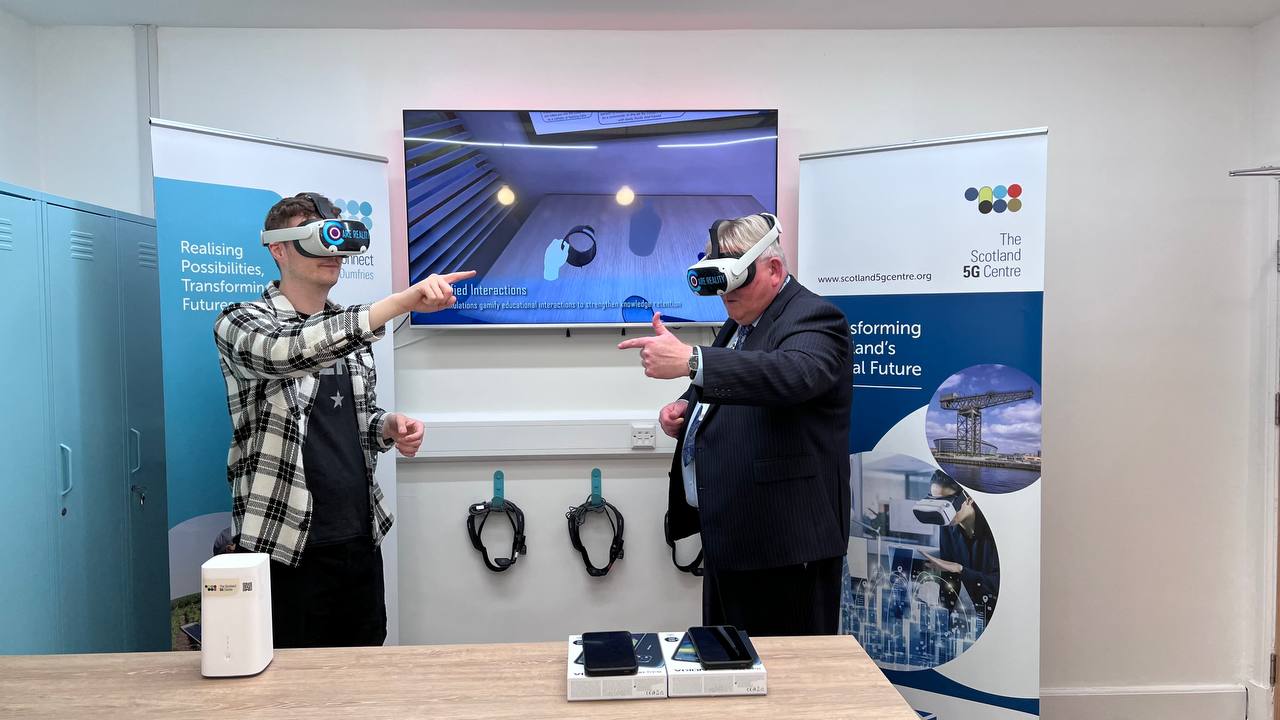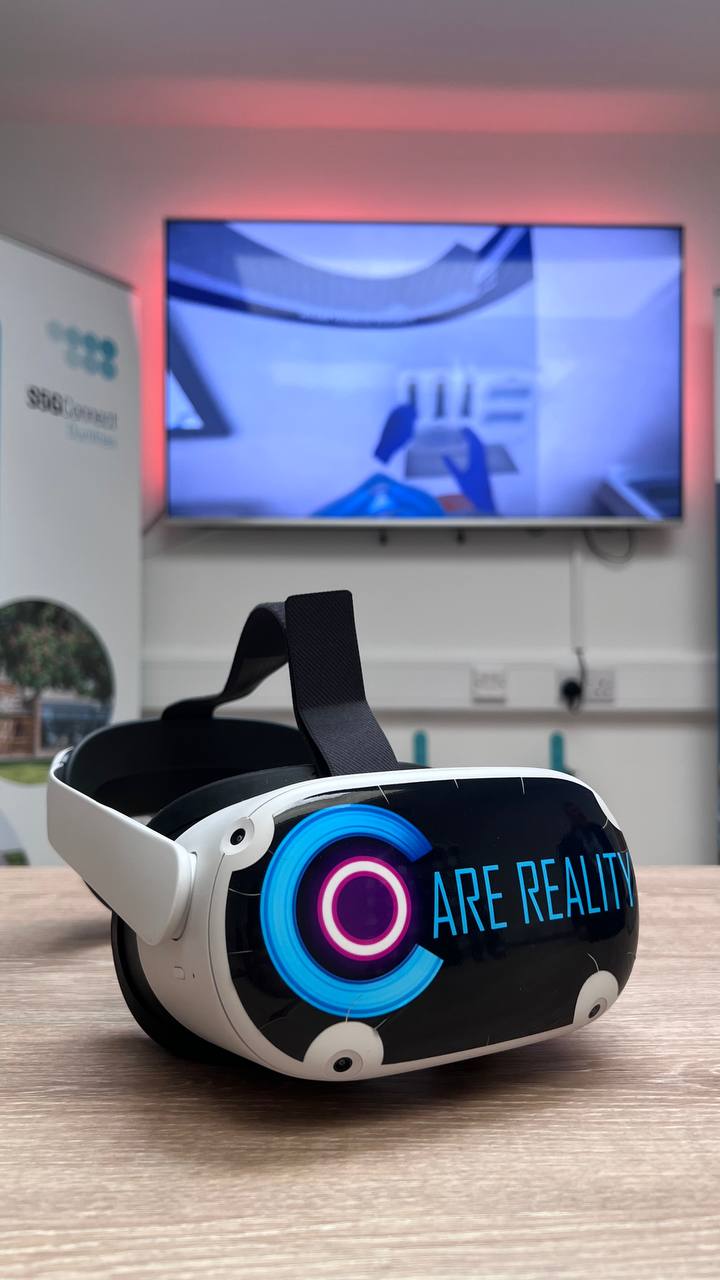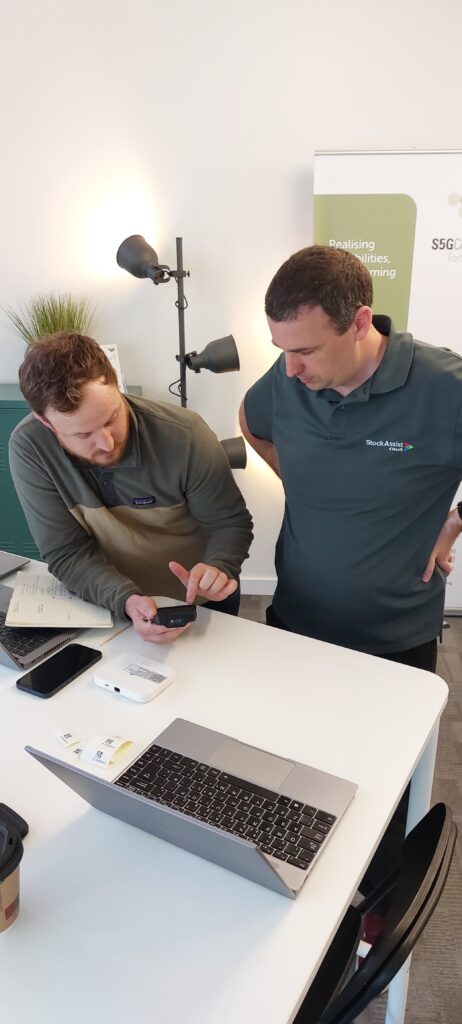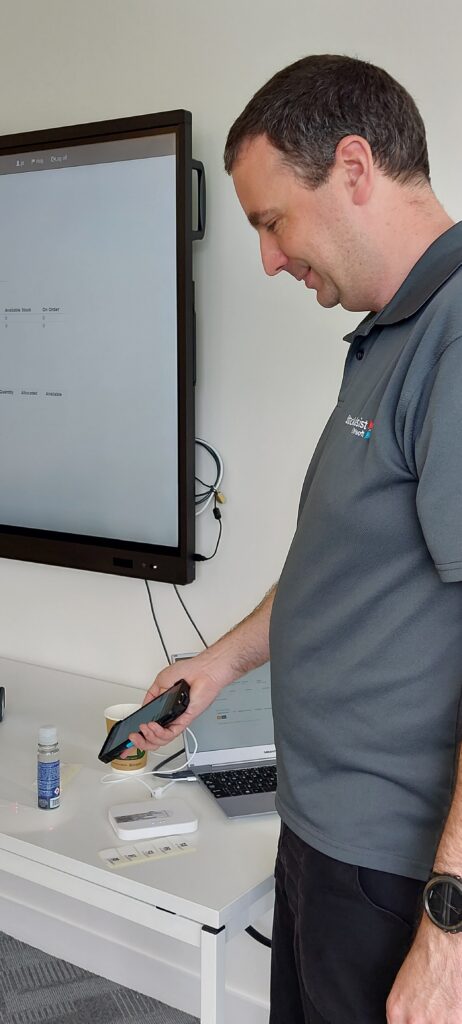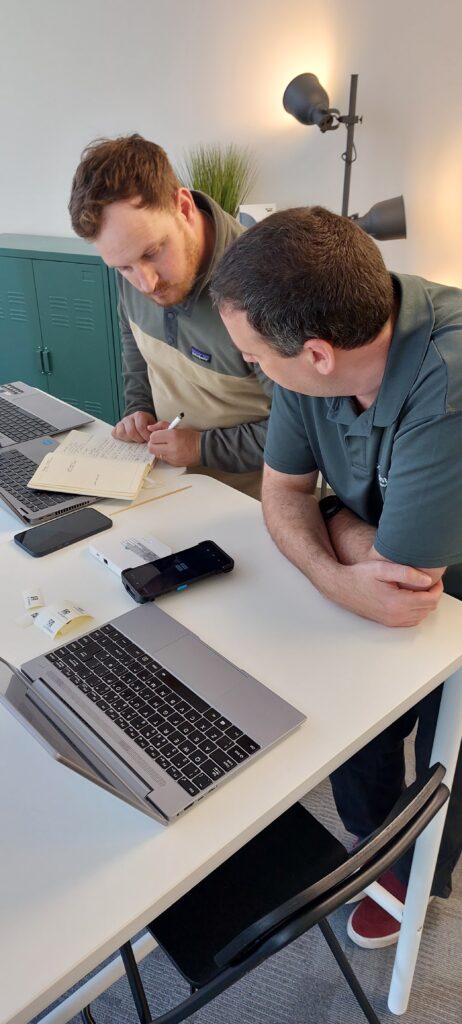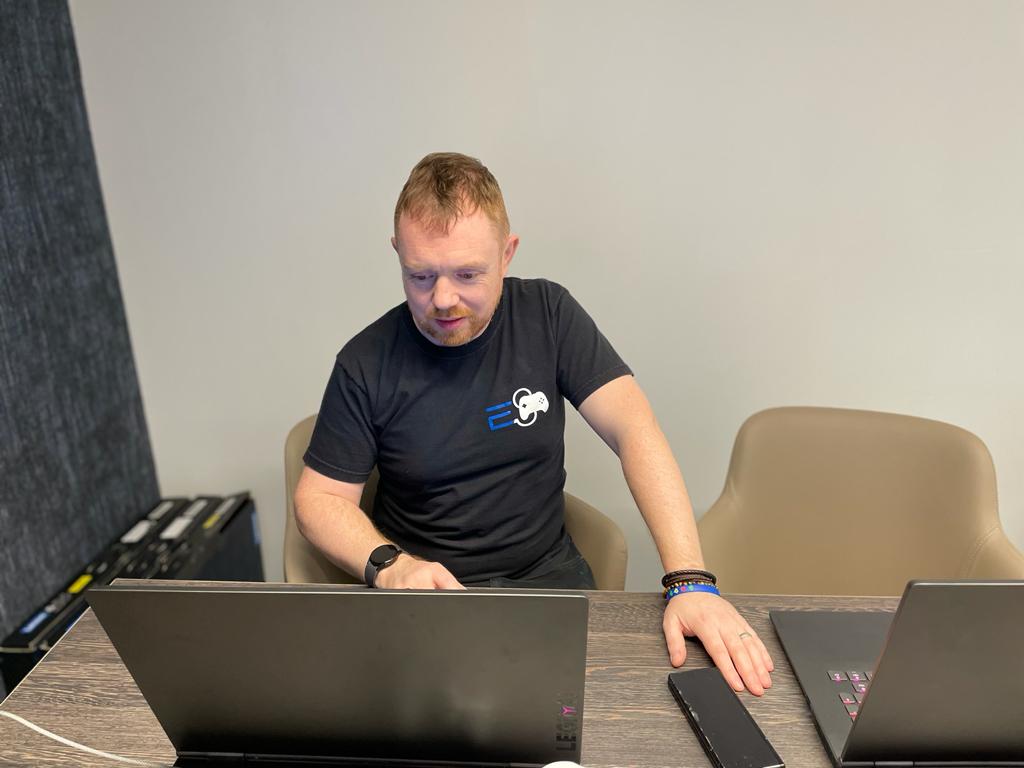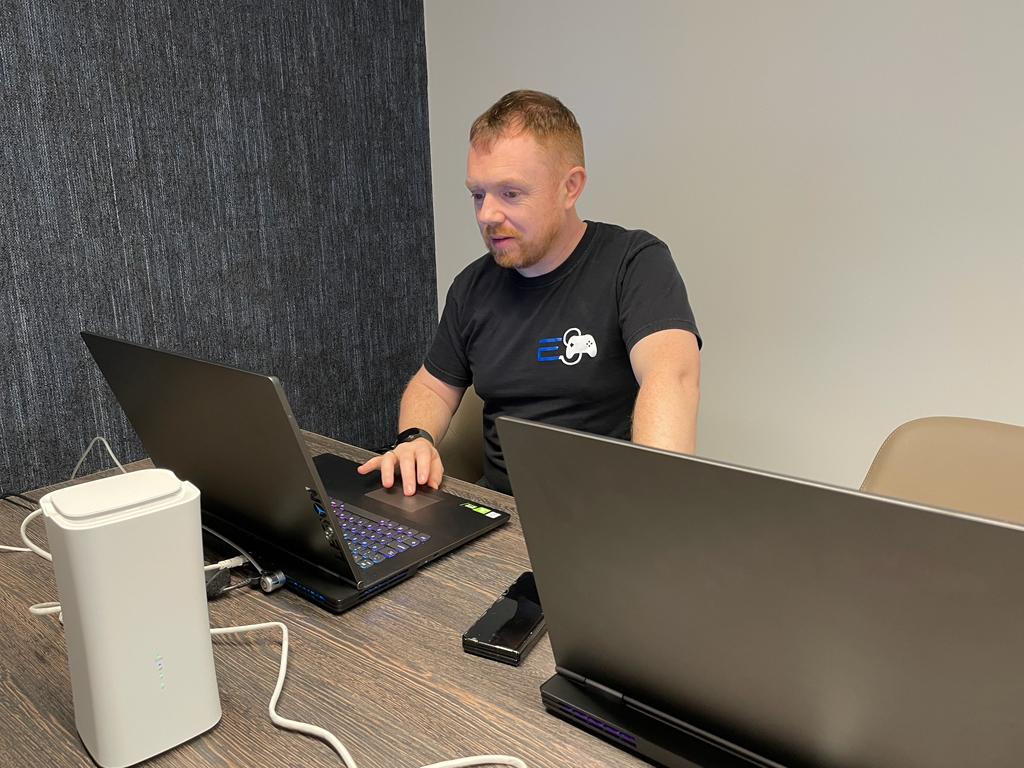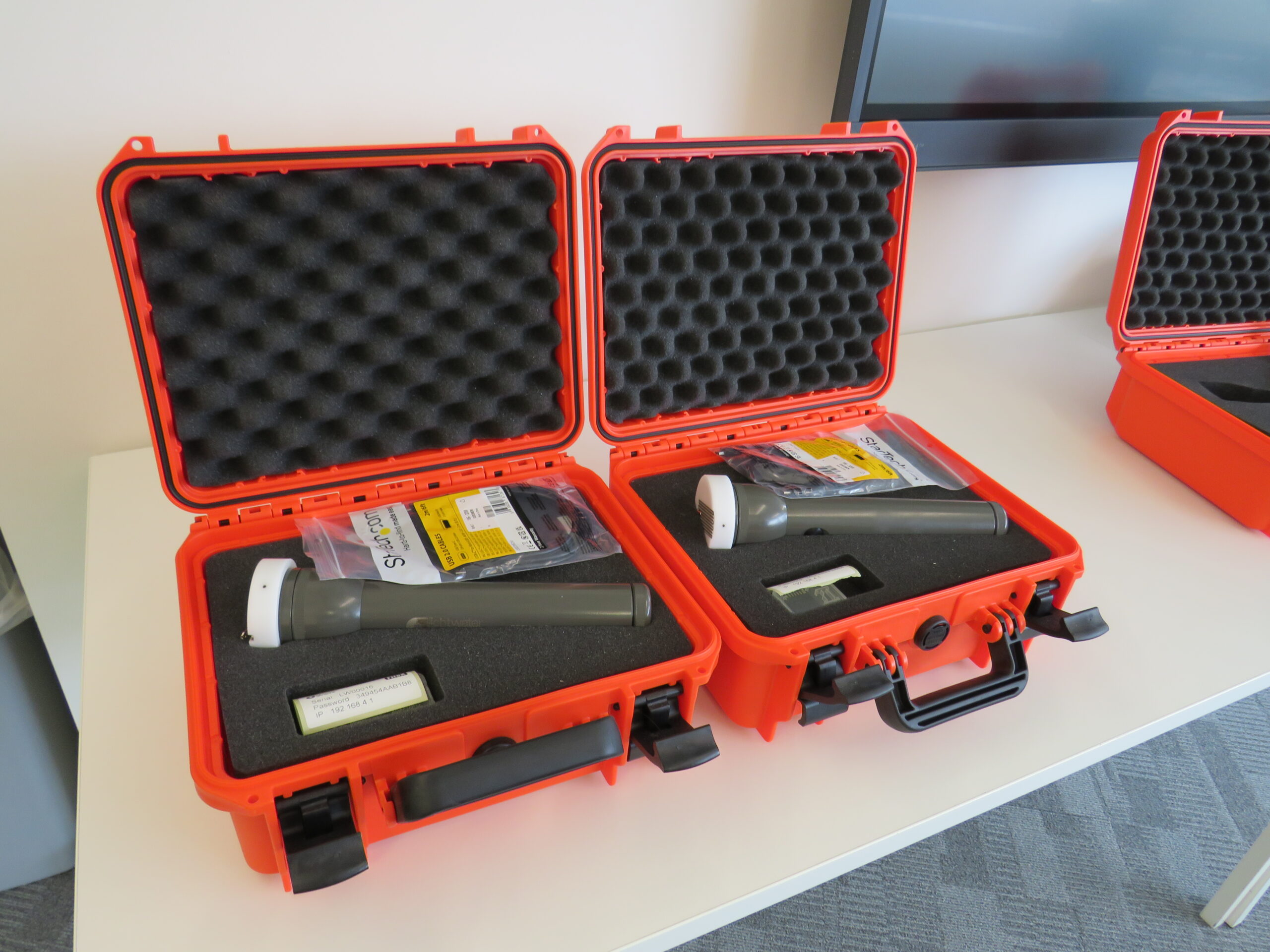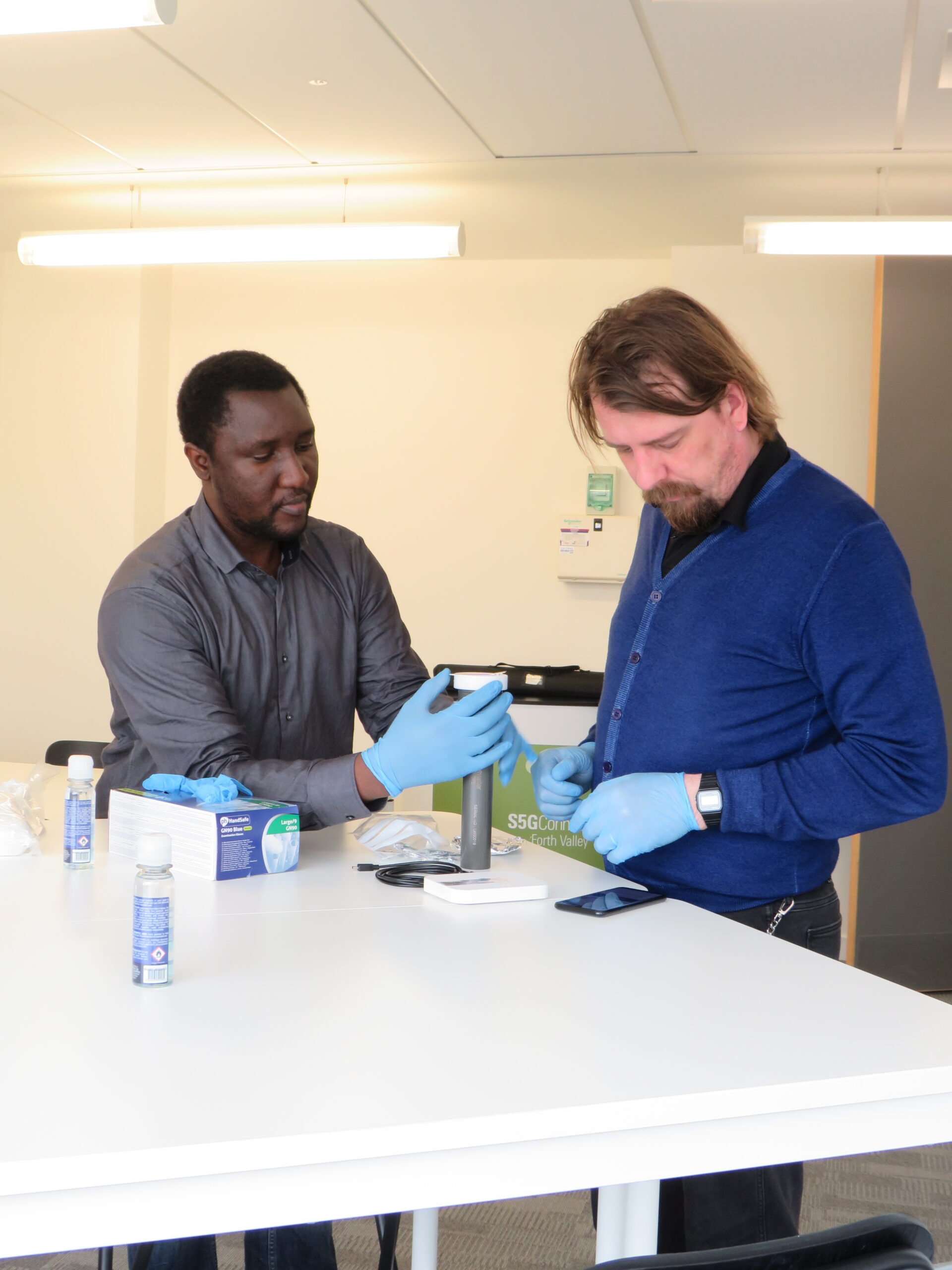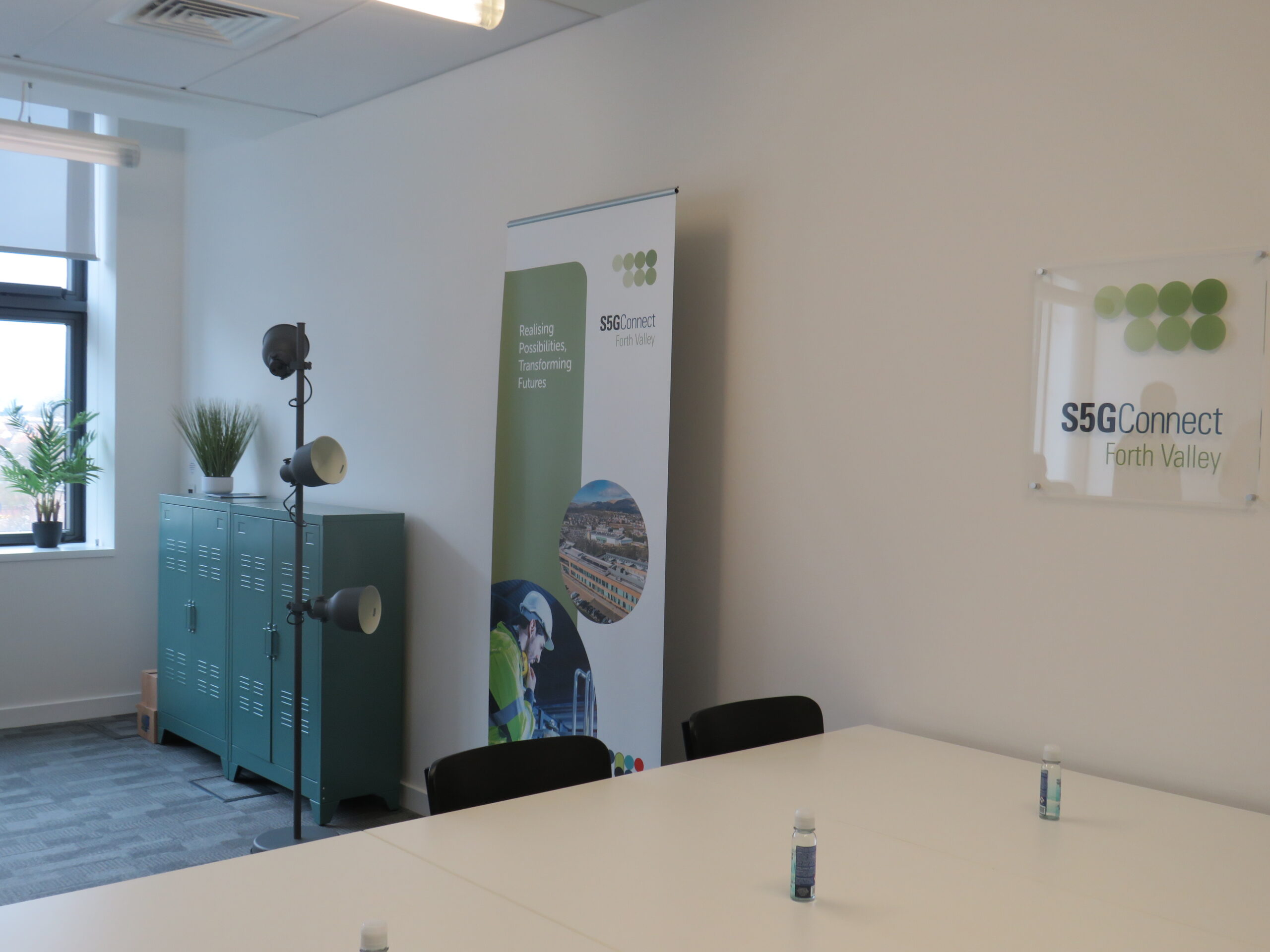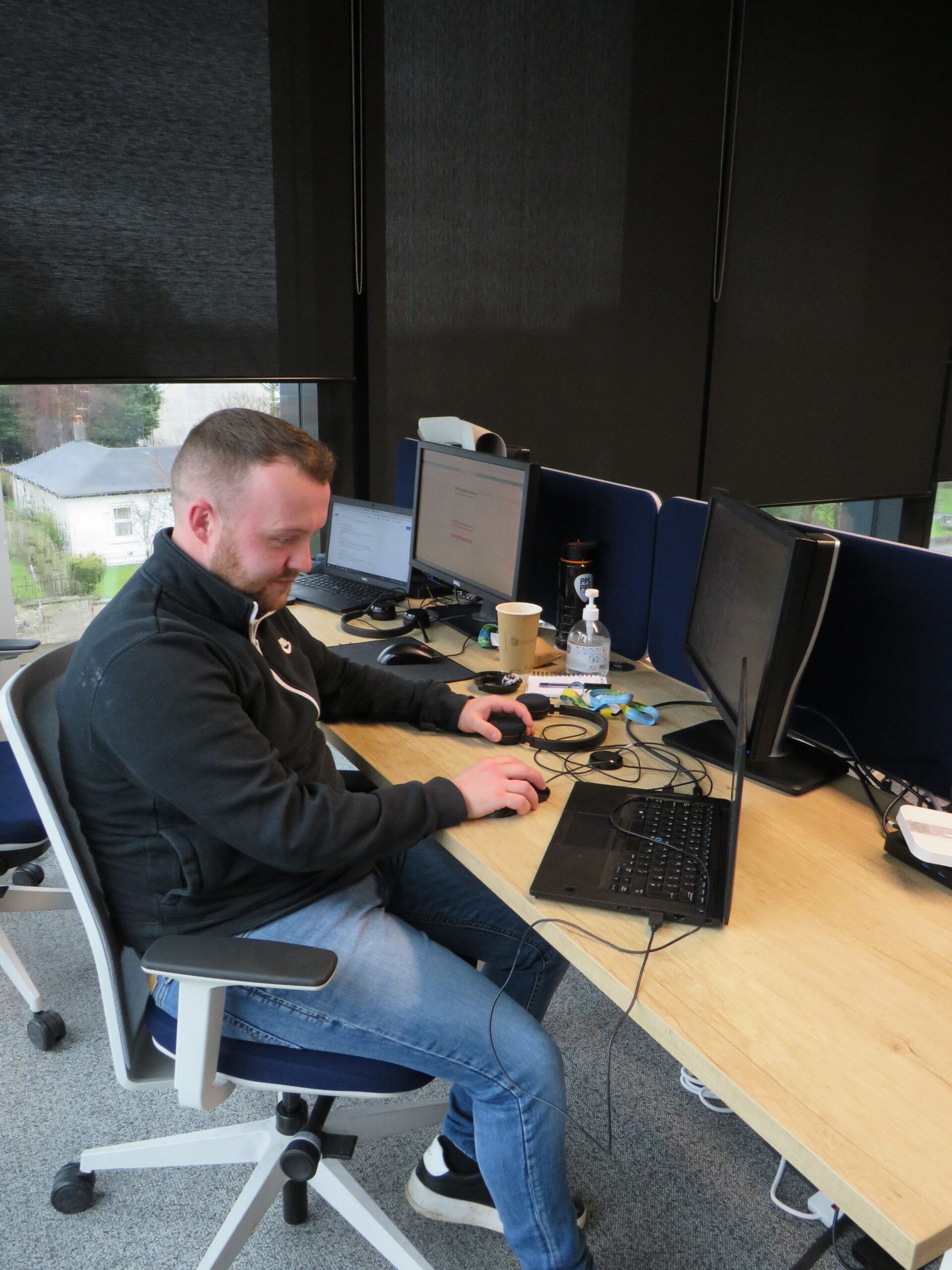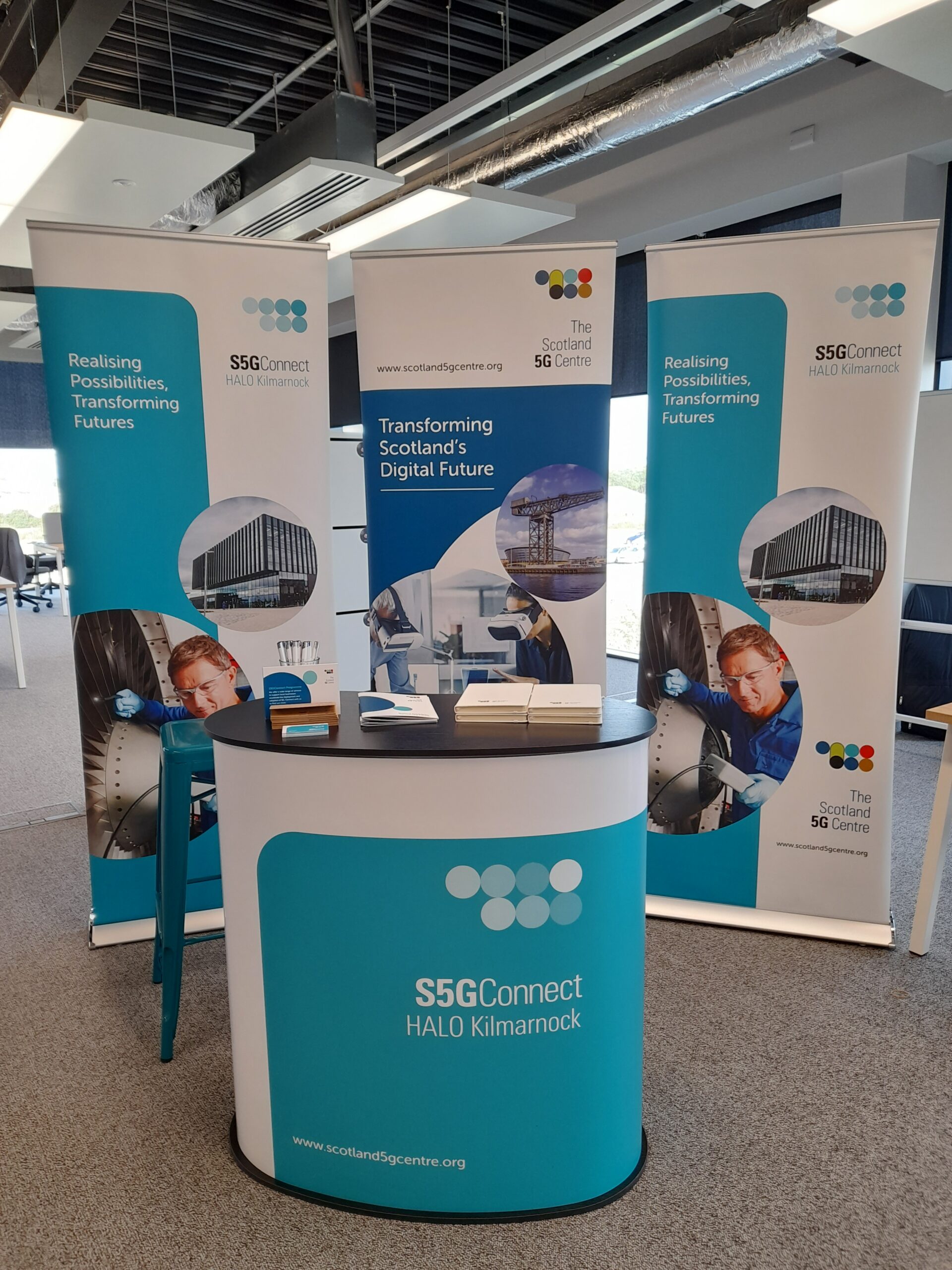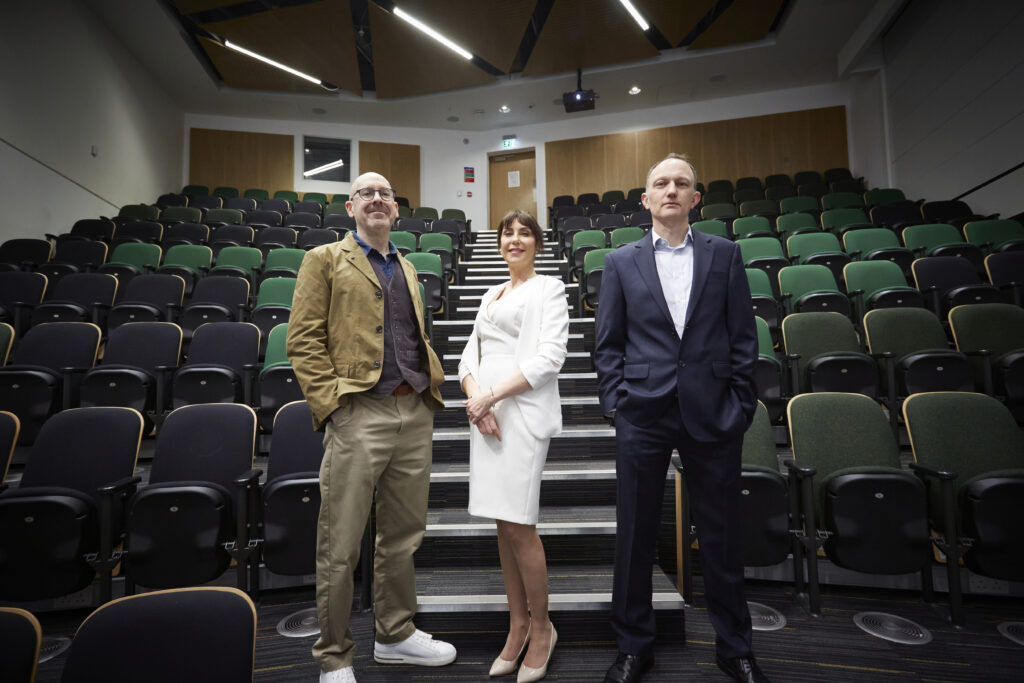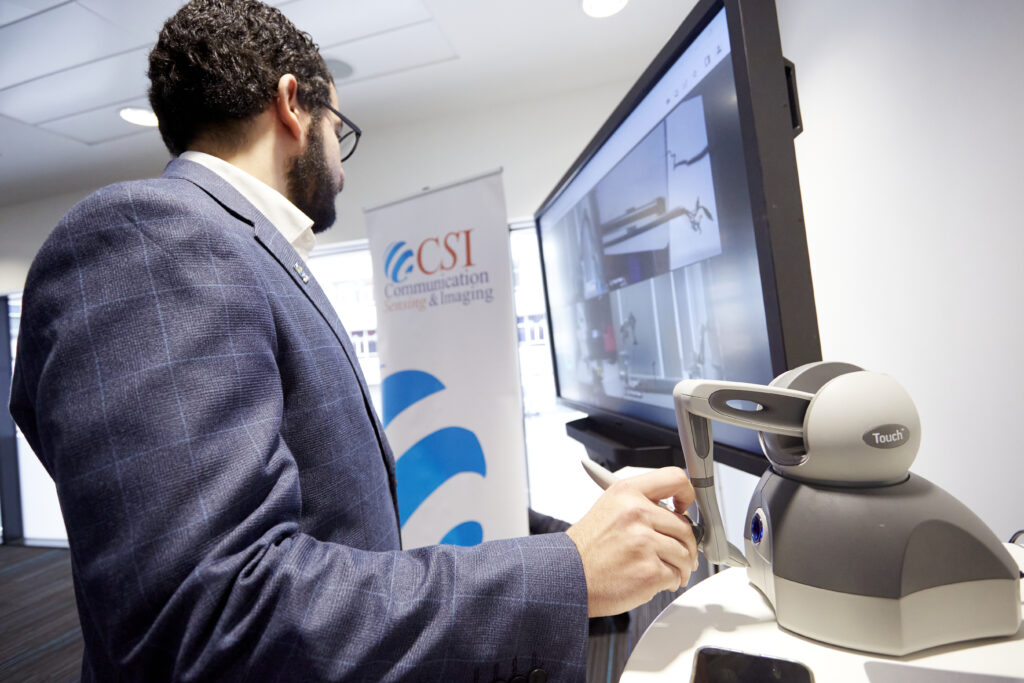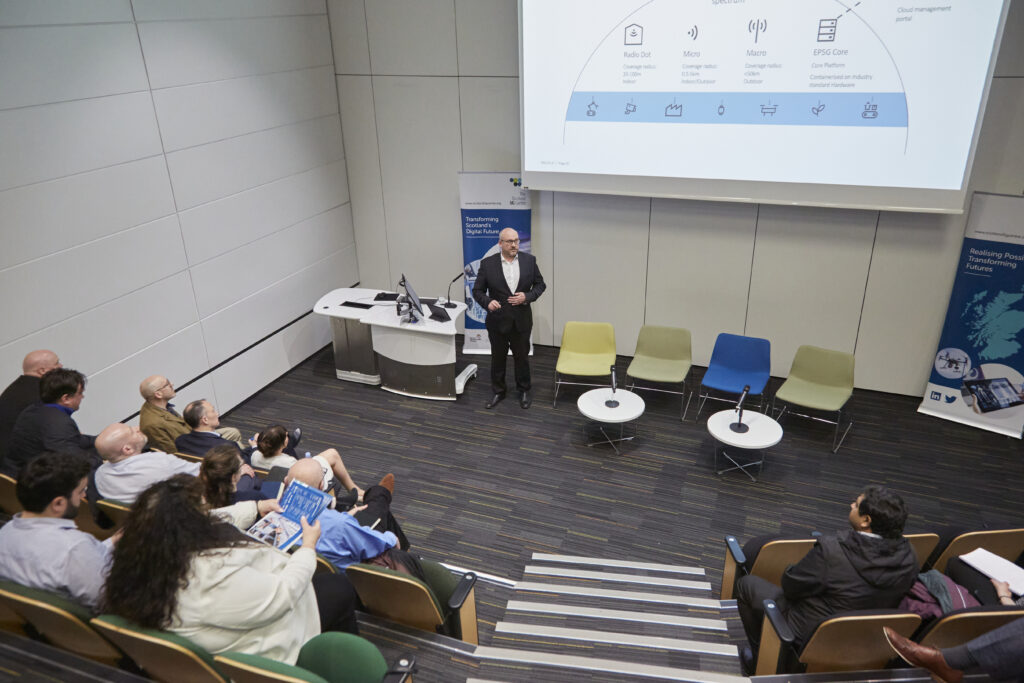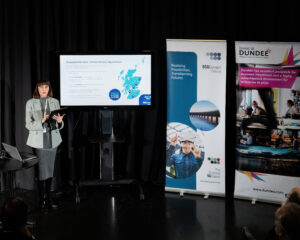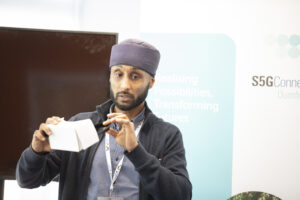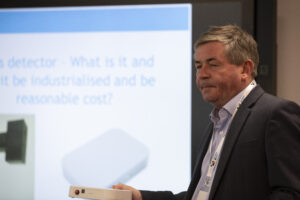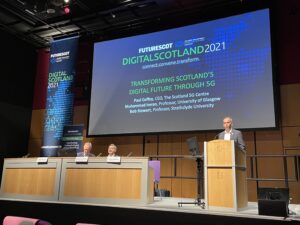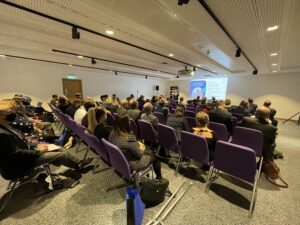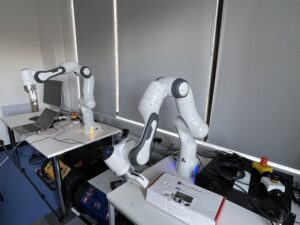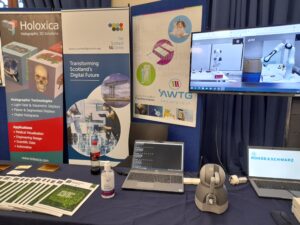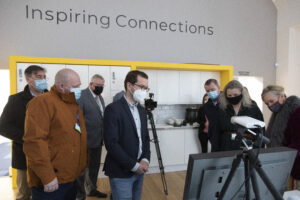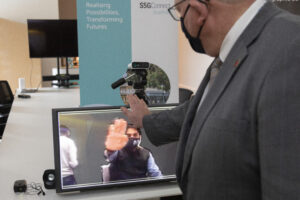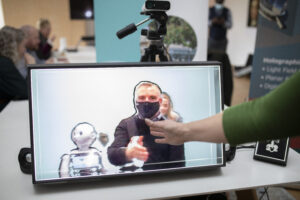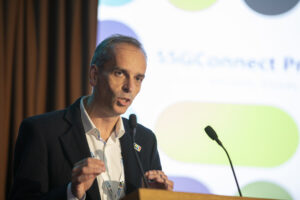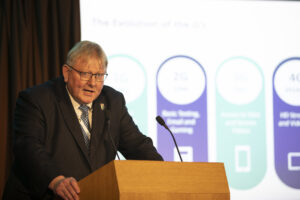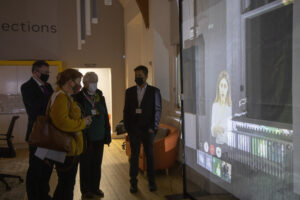Connecting Scotland
By Paul Coffey, The Scotland 5G Centre CEO
Published in Holyrood Magazine.
Data connectivity has almost universally changed the way humans live, work and generally behave over the last few decades.
But the next iteration of this interconnection, 5G, will take it to the next level and transform the delivery of Scotland’s economy and its communities.
That is according to Paul Coffey, CEO of the Scotland 5G Centre, who has overseen the country’s national centre for the last year and a half.
Formed in 2019, the Centre was put in place to raise awareness of 5G through their S5GConnect project.
The project works to better understand the diverse challenges facing Scottish businesses of all sizes, while driving the adoption of those services and how the technology can assist in tackling them.
Theoretically, 5G is expected to reach speeds 20 times faster than 4G LTE which, according to Ofcom, currently covers 81 per cent of Scotland’s landmass.
They also claim it will support the use of virtual and augmented reality while providing infrastructure to devices used in e-health, environmental monitoring, smart energy networks, smart agriculture, transport and retail.
Speaking on the S5GConnect project, Coffey suggests it will help understand how businesses can use the new technology to their advantage, in turn providing a better service for Scots. “As we introduce this technology, it is a step-change from its predecessors 2G, 3G and 4G, which have been about its consumer offerings.
“Everyone has heard of 5G, but a lot of people still think, whilst it is two years old, it is simply a faster phone connectivity solution.
“In reality, it will affect everything from the consumer to businesses. Connecting our communities of all sizes can unlock innovation which, in turn, can enhance public services, reduce costs and, most importantly, improve quality of life.
“We are a national entity to bring focus to that, to address the needs and challenges that we have got here in Scotland.
“It is imperative that we work with local communities and understand what challenges they have today.
“It is not simply about talking about 5G and its benefits, it is examining what challenges exist today in these regions on these vertical sectors.
“If we take healthcare, for example, it’s not solely focusing on new innovative technology like remote surgery, which is one of the use case hypes that is in the space now, but also about how we can make a difference today.
“That may be instead of sending a consultant into care homes, we could have a remote camera that could be used for looking at the elderly patients’ skin conditions.
“We could have a remote diagnosis that deals with very basic, common problems that are happening in care homes today, addressed through remote, end-to-end connectivity with good quality imagery.
“It is about looking at what the practical steps are here and now, but also taking that vision of where 5G will go in time because it is very much still in its infancy.
“It is about setting near-term steps to help businesses understand what the challenges are [and] what could they do address them in the short term, while building a bridge and pathway to where we may be in five years so they, as a business, can start to build that strategy of digital connectivity and digital transition.”
In just over a year, the S5GConnect project has made great headway into highlighting the opportunity that Scotland’s regional communities offer.
Coffey details: “We have three connect hubs already open: Dumfries, our first rural hub, one in Forth Valley and another in Dundee.
“We will be making an announcement shortly on three follow up hubs as well.
“In them, we address all the critical verticals across Scotland and collectively, we will have a network of hubs that will work with regional agencies, other innovation centres and academia.
“In Dumfries, we are working with the South of Scotland Enterprise and the Crichton Trust and we are going be announcing some big industry partners that we will be collaborating with.
“We will also be working with other innovation centres in the area that are focusing on agri-tech, healthcare and the rural economy.
“We bring people together to demonstrate what 5G can do. Create some real use cases that apply to that region. Then we work with local businesses, taking them on a journey.
“The model is generally about awareness and enablement, and we take that to different sectors.”
The Centre is also working on other projects with its partners, which have already shown an impressive return in investment. Coffey says: “In the last few years we have been working on other projects, our Wave One projects.
“We have an urban project, in which we’ve built a 5G urban testbed with the help of the University of Glasgow, bringing smart technology into the daily lives of students, staff and business partners.
“On top of that, we have built several use cases in healthcare.
“We built a robotic arm which will move under gaze control. That arm will move under haptic feedback and sensing.
“The connectivity platform that we have built has attracted a lot of applications and interest.
“That has generated more than £10 million for the university, of which 50 per cent is foreign investment coming into Scotland.”
The hubs were of course a massive achievement of 2021, but so too were the other projects that the centre have been working on in the last year. Coffey says: “I think the connect hubs and that initiative we are building are great.
“Our Wave One foundation projects have been a huge success too.
“On our rural project, that is looking at the sharing of radio waves and shared infrastructure.
“In crude terms, the mobile operator deploys their networks, independently.
“There are already elements of sharing, but across rural Scotland we need to go much further where the traditional business case won’t support that style of deployment. Through spectrum sharing, one network can support all mobile operators, private networks and public services.
“We have a project at Loch Lomond and Orkney, which is very much testing that model.
“Asking how we can deploy a shared network and how can we generate from that a toolkit of solutions to enable people to repeat that themselves.
“It is starting to shift the dial on what is called a neutral host and shared deployment model around wireless infrastructure.
“That is going to be critical as we go forward – just last month, the government announced that 2G and 3G technology will be retired by 2033.
“Whilst that sounds a long way off, it isn’t really in real terms.
“We’re looking at a Scotland which has got some connectivity gaps.”
“So, we need to look to new deployment models, and that project is setting good groundwork into what will come to support that model going forward.”
Focusing on what 2022 holds for the Scotland 5G Centre, Coffey explains: “It has been a challenge with Covid and there are issues with the supply chain right now, particularly getting equipment.
“Next, for me, it is about turning these hubs into something with tangible outcomes and impact at those regional levels.
“In 12 months, I want to say this is what we have done in Dumfries with this agri-tech farm, and this is what they have done, as a result of working with us.
“I want to be sitting here saying we have engaged with a vast array of different bodies and businesses.
“I want us to have created certain outputs and show how it has impacted all the different businesses.
5G has major a role to play in what are two of the most important issues for the Scottish Government right now: economic recovery incurred by the pandemic and helping meet the target of net zero by 2045.
The need for bandwidth connectivity as we recover from the pandemic is crucial as we have relied on it more than ever in this time.
The limited rollout, so far, has demonstrated how crucial a large-scale deployment is. Coffey explains: “Whilst the pandemic has been a challenge for all of us, it has put the digital connectivity, or high bandwidth connectivity, high on people’s agenda.
“If anything positive has come out of it, it has highlighted that we need to have robust high bandwidth connectivity, to support things like video conferencing, at a basic level.
“It has also highlighted the digital divide.
“Here in Scotland, we are seeing 5G getting deployed across the central belt, but not much beyond that just now.
“So, [there is a] gap between connectivity available today and what communities need going forward to access things like healthcare, education and employment is critical.
“Hybrid connectivity, for want of a better phrase, made up of mobile, wireless and satellite connectivity is imperative.
“We need to make sure that is in everything we are doing, in all the strategic initiatives coming out of Scottish Government and beyond to ensure that the digital divide doesn’t widen and we address it to put Scotland in a great place going forward.”
In helping to achieve the goal of net zero, he says: “We don’t know what our carbon footprint is today.
“Through sensing and monitoring data into insight, it will give people choices and allow them and their business to start to change their behaviour and their decision-making to reduce their carbon footprint and be more cognisant and conscious about their contribution.
“There is some smart research centred around gaming theory. Imagine a set of neighbours; they share their carbon footprint, there can be some sort of competitive element to that to say I want to drive mine down, how come you are doing so well?
“That needs to be built into the construction of buildings and everything we touch basically.
“I think in terms of smart buildings, smart infrastructure, the construction of different buildings and heating systems all rely on connectivity.
“We need to recognise what is key to all these government initiatives, such as the space strategy, the net zero strategy, the economic transformation strategy – they are all reliant on a high bandwidth connectivity.
“In delivering major opportunities involving advanced connectivity, we can empower Scotland’s regions and businesses to innovate and thrive on a national and global stage.”

